|
Many of us are frustrated and trying to be inventive in the kitchen as our food supplies dwindle and items become difficult to find. It is one of many challenges during our shelter in place and quarantine due to COVID-19. While rummaging through my kitchen cabinets the other day to take stock of what was left, I discovered a large unopened bag of organic quinoa. It was like finding the Holy Grail! My mind was going a mile minute thinking of all the quinoa recipes I knew and more importantly what ingredients I had on hand that might help me endure another few weeks while sheltering in place. With limited supplies, I decided to make sautéed quinoa cakes. I had one shallot left, a jar of pumpkin seeds (used as a substitute for pine nuts), grated Parmesan, cranberry Craisins, dried herbs, eggs and olive oil. I know it is a strange combination of flavors, but it worked! After gently cooking the quinoa, I set it aside to cool. I combined the minced shallot, pumpkin seeds, Parmesan, Craisins and herbs, one or two beaten eggs as needed and then mixed it into the cooled quinoa, adding salt and pepper to taste. I heated up the skillet with olive oil, formed the quinoa mixture into patties and sautéed them for about five minutes on each side until they were golden brown. A few fell apart but they were very tasty, nonetheless. My next decision was what wine to pair with the quinoa cakes. It was a no-brainer. Donnafugata SurSur 2018 Grillo, Sicilia DOC SurSur is made with 100% Grillo grapes, an ancient indigenous variety from Sicily. Grillo is one of Sicily’s best-known grapes found throughout western Sicily and is noted for its citrus flavors, sweetness and mild acidity. Due to the grape’s high sugar levels, it is ideal for the production of fortified wines. Historically, Grillo was used in the production of Marsala wine. However, Catarratto has taken the lead. And now due to the innovation of winemakers, Grillo has a wide range of styles, from crisp and savory, to structured and mature. It is interesting to note that in 1848 Grillo became a hybrid of Zbibbo and Catarratto. The grapes for SurSur were harvested from Donnafugata’s Contessa Entellina Estate Vineyard located in the Southwestern part of Sicily. The wine is aged in tanks for two months and then at least three months in the bottle before release. This is a “sit up and take notice” fresh wine with enticing aromas of white flowers, citrus, stone fruit and pineapple that segue onto the palate with pear, lemon and a hint of herbs. It has a nice balance of savory and fruit with moderate acidity. Serve as an aperitif or pair with light appetizers, seafood, salads and quinoa cakes! To quote Donnafugata, “SurSur is a fresh and fruity Grillo with a youthful spirit”. Alcohol: 13% SRP: $21 The quinoa cakes and SurSur were a perfect “pas de deux” of sweet and savory and my palate is quite happy! Stay tuned for more #stayhome adventures with limited kitchen ingredients and lots of wine!
Until next time… Stay Safe, Stay Home and Be Well! Cheers! Penina To leave a comment or if you have an inquiry, please contact me at [email protected] Several months ago I journeyed to Franciacorta, located in the Lombardy region of northeastern Italy. My stay was brief, but the sparkling wines produced there left quite an impression on my palate. Upon my return home, I received an invitation to attend a sparkling wine tasting and luncheon in NYC featuring the wines of Mirabella, an established winery in Franciacorta. A small group of us gathered in a private room at the Palma restaurant that was adorned with flowers and a dash of spring! It was festive and a perfect setting to enjoy sparkling wines. For those of you who may have missed my story about Franciacorta, here is a recap. Franciacorta is a small wine-producing area located in the captivating Brescia province in the heart of the Lombardy region of northern Italy. It is a picturesque wine region surrounded by the foothills of the Alps to the east, the Oglio River to the west, the shores of Lake Iseo to the north and Po Valley to the south. It is an ideal setting for sparkling wine production. Due to the morainic origin of this area (rocks and sediments that were carried down by the retreating glaciers), the well-draining alluvial soil is rich in minerals. The climate in Franciacorta is considered warm continental, which is influenced by the Alps. The area also benefits from its close proximity to Lake Iseo, which helps to moderate temperatures and plays an important role in both summer and winter seasons. A beautiful dance takes place between the cool air that descends from the Alps and is then captured by Lake Iseo allowing just the right amount of warmth to spread over the vineyards for the grapes to ripen and reach proper sugar levels. The dance continues at night when the cool air from the higher elevations of the Alps swoops down to bring fresh air and cool the vineyards from the heat of the day. The diurnal temperatures contribute to optimal grape ripening and preserving acidity in the grapes. Although still wine and sparkling wine have been made in this area for centuries, it is Franco Ziliani, a young winemaker working for Guido Berlucchi who is credited for his approach to making the highest quality metodo classico wine with his first vintage in 1961 bearing the name ‘Franciacorta’ on the label. This set in motion the drive for other winemakers to also make the best sparkling wine with the aim for “high quality, not quantity”. In 1967, DOC (Denomination of Controlled Origin) was formed with 11 producers. In 1990, Franciacorta was given official status and the Consortium Franciacorta was founded. As stated by the Consorzio Franciacorta, ”The name on the label – Franciacorta- is a single word that defines the land, the production method and the wine”. In 1995, Franciacorta obtained DOCG status, the highest standard of quality for Italian wine. Today, the Consorzio represents 97% of the producers in Franciacorta. The Franciacorta DOCG sparkling wines are produced exclusively using the traditional “Metodo Classico” method where the second fermentation takes place in the bottle. Only Chardonnay, Pinot Nero (Pinot Noir) and Pinot Blanc are allowed in the blend. The regulations are very strict. The harvest must be done by hand and the requirements for aging on the lees are as follows: Franciacorta Non-Vintage is 18 months Franciacorta Satèn and Rosé Non-Vintage is 24 months Franciacorta Vintage is 30 months Franciacorta Riserva is 60 months Now that you are all caught up on Franciacorta, let’s explore Mirabella. Mirabella is a family-run winery that was founded in 1979 by Teresio Schiavo and the late Giacomo Cavalli. The estate derives its name from Mirabella hill, where the oldest vineyard was planted. Today, Teresio’s sons Alessandro and Alberto run the business along with their father and all three are oenologists! Alessandro is Cellar Master and works alongside his father Teresio producing wines and Alberto is the Marketing, Sales and Commercial Direction Manager. Teresio said, “Because Alessandro took over the oenological aspects and is progressing with skill and above all, great enthusiasm, I willingly put my faith in him, leaving me with fewer commitments and responsibilities. My son, Alberto, is a much better public speaker than me and is well suited to his tasks of marketing and director manager.” Mirabella is comprised of 13 vineyards spread over 56 hectares which are all organically farmed. The winery is among the first to adopt a sustainable approach in the vineyards as well as in the cellar. Due to the cellar’s underground location, it is surrounded by natural thermal insulation that maintains the correct temperature and humidity inside. Thick concrete tanks keep wine at naturally low temperatures without the need for external cooling devices, thus using less energy. Since 2012, Mirabella has been using 100% renewable energy. In addition, Mirabella has been working on lowering the amount of sulphites for all their wines. In 2013 they released their first no-sulphite wine, Elite, Franciacorta DOCG Extra Brut. There are zero sulphites and zero allergens such as milk and egg used for the fining process. This is an ongoing project that is taking Franciacorta to the next level. Mirabella produces eight wines of which I had the pleasure of tasting five at the luncheon. Pinot Bianco Brut Nature is made with 100% Pinot Bianco. The use of this grape is rare in Franciacorta and is one of Mirabella’s distinctive wines. Mirabella is the only winery in Franciacorta to have the highest amount of plantings. They have invested much time over the past 40 years cultivating this terroir-driven grape, which is delicate and requires a lot of attention. Because these grapes are early and fast to ripen, Pinot Bianco is the first grape to be harvested. The first fermentation takes place in concrete vats and the second fermentation for 24 months in the bottle and then three additional months after disgorgement. This is a lovely sparkling wine with a bouquet of floral, yeast and light fruit. The palate offers creamy, persistent bubbles with pear, apple and a hint of herbs. It is well integrated with freshness and acidity. Satèn Franciacorta DOCG is made with 100% Chardonnay harvested from 18 year-old-vines. With the first fermentation, 10% of the basic wine is placed in barriques. Second fermentation is over 36 months in the bottle and three additional months after disgorgement. Aromas of white flowers and stone fruit lead to a palate of fresh acidity, pear, a touch of lemon zest, vanilla, honey and a deliciously creamy mouthfeel and fine bubbles. Edea Brut Blanc de Blanc DOCG is a blend of 80% Chardonnay and 20% Pinot Bianco The first fermentation takes place in cement vats and the second fermentation is minimum 24 months in the bottle with three more months after disgorgement. Lovely aromas of stone fruit, floral and citrus lead to a palate of fresh acidity that is well integrated with apples, pear, baked bread, persistent bubbles and a rich mouthfeel. This is a light wine with pleasing complexity. Edea Brut Blanc de Blanc DOCG is a blend of 80% Chardonnay and 20% Pinot Bianco The first fermentation takes place in cement vats and the second fermentation is minimum 24 months in the bottle with three more months after disgorgement. Lovely aromas of stone fruit, floral and citrus lead to a palate of fresh acidity that is well integrated with apples, pear, baked bread, persistent bubbles and a rich mouthfeel. This is a light wine with pleasing complexity. Rosé Franciacorta DOCG is a blend of 45% Pinot Noir, 45% Chardonnay and 10% Pinot Bianco. The estate began producing rosé back in 1982, making it one of the first wineries in Franciacorta to do so from the above blend. Today, rosé represents one-quarter of Mirabella’s business. The grapes are picked at different times and aged in the bottle a minimum of 36 months up to 48 months. Mouthwatering aromas of red fruit, floral, candied apple and toast spill onto the palate with berries and a creamy mouthfeel. This is a wine that keeps going and going! Yummy! Dom Rosé Riserva Dosaggio Zero Riserva Vintage 2009 This is a beautiful blend of 60% Pinot Nero, 25% Pinot Bianco and 15% Chardonnay grapes harvested from the oldest Mirabella vineyard. The first fermentation takes place in cement vats, with only the Chardonnay fermenting in French oak barriques with five months of batonnage. The second fermentation is at least 100 months in the bottle with no less than six months more after disgorgement. These Riserva wines are only available in limited amounts of 1500 bottles. The complexity of this wine is apparent both on the nose and palate with intense aromas of spice, red fruit and brioche. The palate is a dance of berries, with strawberry dominating. Hints of pepper mingle with pomegranate, citrus, spice and an undertone of minerality accompanied by fine bubbles and a silky mouthfeel.
Mirabella represents tradition combined with innovation, respect for the land and for man, consistent quality and sustainability, and wines that maintain the expression of the land. Until next time…Stay Safe, Stay Home and Be Well! Cheers! Penina To leave a comment or if you have an inquiry, please contact me at [email protected] Spring has finally arrived and quietly entered a world filled with chaos and uncertainty. Most of us have barely noticed that a new season has begun, but spring brings with it a time of renewal, rebirth and hope. Although many of us are sequestered right now, Mother Nature is not. Soon, the trees and flowers will be blooming, birds will be building nests, hummingbirds will return to the north and we will all eventually get back to “normal”. We will once again enjoy picnics, outdoor concerts, dining in restaurants and travel! So, with that in mind, here are some delicious rosés from around the world to usher in spring. Let’s bring the celebration indoors and toast Mother Nature and us! La Fiera Cerasuolo d’Abruzzo Rosé DOC 2018 This wine is 100% Montepulciano. The grapes are sourced from the Cerasuolo d’Abruzzo DOC appellation in Abruzzo, Italy. A lovely bouquet of strawberry, cherry and floral segue onto the palate with a perfect blend of crisp acidity and fresh, ripe fruit and a delightfully long finish. This is a great wine to serve as an aperitif or with summer fare. Alcohol: 12.5% SRP: $8 Mont Gravet Rosé 2019 This wine is from Pays d’Oc, France and is made with 100% Cinsault. Berry aromas lead to a fresh, fruit-forward palate with cherry, berries and a hint of peach and pears. Nice structure and balance. Drink as an aperitif or serve with light fare. Alcohol: 12% SRP: $10 Santa Julia Malbec Rosé 2018 This wine is from Santa Rosa & Maipu Vineyards in Mendoza, Argentina. It is made with 100% Malbec organic grapes. Wonderful aromas of berries and dark cherry segue onto the palate with juicy fruit and a trace of baking spice. Nicely balanced. Drink as an aperitif or serve with light fare. Alcohol: 14% SRP: $11 Mas Fi Cava Brut Rosé NV This sparkling wine is produced by the Masachs family. The grapes are 100% Trepat and sourced from DO Cava (Penedes) in the Catalan region of Spain. This Brut Rosé undergoes a second fermentation in the bottle (Metode Tradicional) and is aged for 11 months. Red fruit aromas of mostly berries and a trace of floral open to a palate of fine bubbles, red berries, cherry and pomegranate. It is nicely balanced with good structure. Drink as an aperitif or pair with a myriad of cuisines. Alcohol: 11.5% SRP: $12 Hess Select California Rosé 2019 Made with 100% Pinot Noir, this juicy and crisp wine has red berry and floral aromas. The palate offers strawberry, red cherry and peach balanced nicely with acidity. Drink as an aperitif or serve with light fare. Alcohol: 13.5%. SRP: $12 Domaine Bousquet Rosé 2019 This wine is made with organic grapes and is a blend of Pinot Noir, Tempranillo, Pinot Gris and Viognier. The grapes are sourced from vineyards in Tupungato Alto Gualtallary in Mendoza, Argentina. Aromas of nectarine and berries set the tone for this lively wine. A palate of red berries, cherry and a splash of citrus are enriched by the fresh acidity. Drink as an aperitif or serve with light fare. Alcohol: 13% SRP: $13 All of these wines are under $15 and are quite impressive. I’m looking forward to sipping rosé at an outdoor concert soon. But for now, I’ll settle for a glass or two of wine on my front porch or in my cozy house. Be safe, be smart and stay well!
Until next time, Cheers! Penina To leave a comment or if you have an inquiry, please contact me at [email protected] Zenato Winery’s tagline “The soul of Lugana and the heart of Valpolicella” encapsulates the essence of this winery located in Veneto in northeastern Italy. Sergio Zenato and his wife, Carla, founded Zenato in 1960. Sergio’s life long dream was to create a winery and produce memorable wines reflecting the “fruits of the earth” from which they were grown. His vision was realized and today these expressive wines are the result of his tireless efforts, love for his land and passion for quality. Both children, Nadia and Alberto Zenato, now run the winery. Nadia manages the marketing and promotional activity and Alberto is the winemaker who oversees all aspects of production. Zenato has 95 hectares of vineyards that stretch from the banks of Lake Garda in Lugana to the hills of Valpolicella’s “classic zone” in the province of Verona. The Santa Cristina estate is located in San Benedetto di Lugana where Trebbiano di Lugana grapes are grown. Lugana DOC is a small denomination that produces only white wines and is renowned for its distinctive morainic terroir of penetrating humid clay soils and rich minerals deposited by the glacial moraines of thousands of years ago. The wines are naturally high in acidity with characteristic aromas of white flowers and citrus. Zenato’s Costalunga estate in Valpolicella produces the famous grape varieties Corvina, Rondinella, and Oseleta. Valpolicella is considered the most famous red wine area in Veneto and was given DOC status in the 1960s. There are many styles produced here such as Classico, Superiore, Amarone and Ripasso and they range from light and easy-drinking to powerful and complex wines. I had the pleasure of tasting three Zenato wines that are great examples of what this winery produces. Lugana di San Benedetto DOC 2018 This wine is made from 100% Trebbiano di Lugana harvested from the San Benedetto vineyard on the south shore of Lake Garda. A pale lemon color opens to heady aromas of floral, citrus and stone fruit. Beautiful notes of white flowers, peach, pear and minerality sate the palate with a hint of apricot on the finish. This wine has a round, creamy mouthfeel that is blended nicely with crisp acidity. Drink as an aperitivo or serve with fish, light salads and Asian cuisine. Alcohol: 13% SRP: $20 Alanera Rosso Veronese IGT 2017 This wine is a blend of 55% Corvina, 25% Rondinella, 10% Corvinone, 5% Merlot, and 5% Cabernet Sauvignon. Fifty percent of the grapes harvested for this wine are partially dried for 45 to 60 days. The highly concentrated juice from this process adds an array of aromas, flavors and complexity to the blend. A period of 12 months is spent aging in French barrels with another three months of bottle aging. Lovely aromas of cherry, plum, tobacco, floral and spice segue onto the palate with added flavors of dried herbs, prune and vanilla. It is a perfect blend of silky tannins and acidity with the bonus of a long and luxurious finish. Serve with meat, stews, aged cheese and fatty fish. Alcohol: 13.5% SRP: $20 Ripassa Valpolicella Superiore DOC 2015 This wine is a blend of 85% Corvina, 10% Rondinella and 5% Oseleta. The Ripasso method is a technique where the Valpolicella wine is re-passed onto the pressed dried grape skins from which Amarone is made that are still warm and rich in sugar. A second alcoholic fermentation begins which increases the alcoholic content and the wine becomes richer in color and bouquet. The wine is aged in French oak for 18 months and an additional six months in the bottle before release. This is an elegant wine with intense aromas of dark fruit, plum, spice and forest floor. The palate is layered with rich, ripe fruit such as cherry, plum and blackberry. Hints of baking spice, dark chocolate and minerality show through with creamy tannins and are nicely balanced with acidity and alcohol on a long finish. Serve with meat, game, pasta and hard cheese.
Alcohol: 14.5% SRP: $30 These are expressive wines and a great representation of Zenato. And, they have definitely captured the heart and soul of Lugana and Valpolicella! Until next time… Cheers! Penina To leave a comment or if you have an inquiry, please contact me at [email protected] For me, there is nothing like pouring a glass of wine that not only sates my palate but can also conjure up sweet memories. And this quote from Coppo says it perfectly. “We like to imagine our wines leave an emotional aftertaste. This doesn’t have anything to do with its aromas or flavors, but of a sensation that awakens memories of pleasant times.” Piero Coppo founded Coppo winery in 1892 and it is one of the oldest family-run wineries in Italy spanning four generations. Piero’s philosophy was about making quality wine, not quantity. His sense of ethics, attention to detail, perfection, passion for the land and his vision for the future have been passed on from one generation to the next. Below is a photo of the four brothers representing the third generation with fourth-generation Luigi in the middle. This historic winery is located in the famous commune of Canelli, a subzone in the province of Asti in the Piedmonte region of Italy. Canelli is noted for its important role in history for being the birthplace of Italian sparkling wine made with Moscato Bianco grapes. Canelli became a UNESCO World Heritage Site in June 2014 and it is famous for its surrounding historic vineyards and intricate subterranean wine cellars called “Underground Cathedrals”. These cellars weave in and out of Canelli for about 20 miles. Part of these historical wine cellars are located at Coppo Winery and are a UNESCO World Heritage site. While visiting Coppo a few months ago, fourth-generation Luigi Coppo gave us a tour of these impressive cellars. He said, “In parts of this tunnel there are over 42 meters of dirt above us. The tunnels are ideal for storing wine because it is stable in here with constant and perfect temperature and humidity. This all-natural tunnel was built in the late 18th century with an addition in 1920 that took only one week to build”! Below is a slideshow of the Underground Cathedrals. Photo credit: Penny Weiss Coppo built their business producing sparkling wines, but by the beginning of the 20th century, their production expanded to making classic Piedmontese reds, most notably, Barbera. Piero’s son, Luigi (second generation) entered the business in the late 1940s and was responsible for restoring and modernizing the winery. He also brought with him a passion for French wine. During the 60s and 70s, the winery began importing wines from Burgundy and Champagne. Luigi’s four sons (third-generation) entered the family business between the 70s and 80s). Inspired by the great French wines that their father imported, the four brothers infused their personal style in the production of Metodo Classico sparkling wines and Chardonnay. Coppo is one of the first producers in the area to make Chardonnay, although Chardonnay and Pinot Nero have been growing in the hills around Canelli since the early 1800s. Monteriolo Chardonnay is dedicated to their father Luigi and the first vintage was introduced in 1984. Here is a bottle shot of the 2017 Monteriolo Chardonnay that I tasted while at the winery. It was exquisite! Unlike many other wineries, the third generation made it their mission to maintain the quality of Barbera over quantity and ensure that its elegant character was preserved. This brought about a change for stricter management in the vineyards, lower yields, hand harvesting and introducing barriques during maturation, making Coppo at the cutting edge of Barbera’s rebirth. These changes helped to give the wines more complexity and richness. The 1984 Barbera d’Asti Pomorosso was the first harvest, becoming the symbol of the winery. The fourth-generation, cousins Max and Luigi, are focusing on “a new style of communication”, called the Internet! By engaging the younger generation of wine lovers while blending “a lighter side of wine” with traditional values they hope to introduce their palates to affordable and quality wine. Today, the major part of Coppo production is focused on Barbera, Metodo Classico sparkling wines, Chardonnay and Moscato d’Asti. Coppo also makes classic DOCG Piedmontese wines such as Gavi and Barolo. It is interesting to note that due to the winery’s historical importance, they have been granted permission to make Barolo outside of its zone of production. The Coppo estate covers over 52 hectares of vineyards with the heart of productive vineyards in Monferrato in Southern Piedmont. Here is where Moscato Bianco and Pinot Nero are grown. Barbera grapes are grown in Agliano Terme and Castelnuovo Calcea located in the heart of the subzone, Nizza. Coppo also manages the estate La Rocca situated in Monterotondi di Gavi, where the Cortese grapes are grown. As stated by Coppo, “Since 2001, Coppo winery has followed an official protocol for integrated agriculture that sustains farming practices with low environmental impact. The winery goes above and beyond the regulations, and for several years now has decided to follow agricultural methods in the spirit of organic and biodynamic agriculture, while not being officially certified.” I asked Luigi how climate change might be affecting vineyards and production. His reply, “Climate change exists and of course, it is impacting our vineyards and production. What we are experiencing in the last years is an anticipated ripeness of our grapes, which means an anticipated harvest. It does not mean this is worse or better but we have to follow nature. We are experiencing higher temperatures now and that means higher alcohol. But please consider alcohol is not a problem if the wine is well balanced. For some specific varieties such as Barbera, we cannot control or decide what is the right amount of alcohol because we have to manage the acidity and so we have to pick the grape when the grape is ripe. We can pick grapes earlier but it won’t work out well.” I asked Luigi what the biggest challenge Coppo might be facing in the vineyards. He responded, “There is not a specific challenge. According to my father and uncles stories back in the day, the harvest season was more or less predictable. Today it is different and we have to “react” quickly. Every day is different and every harvest (thank god) is different too.” Upon my return home from visiting the Coppo estate, I received six bottles of their wines. The wines transported me back to Canelli “awakening memories of a special time.” These wines are all gems and worthy of review. Coppo Moncalvina Moscato D’Asti DOCG 2018 This wine is made with 100% Moscato Bianco di Canelli. It is a light, sweet wine with floral and stone fruit aromas that transcend to the palate. It has a natural light fizziness and is very refreshing. Alcohol: 5% SRP: $15 Coppo Costebianche Chardonnay 2017 This is 100% Chardonnay that is harvested from Piemonte DOC appellation. 20% of the must is fermented and aged on fine lees in French oak barrels of 2nd and 3rd-year use. This is a delightfully fresh and fragrant wine with notes of floral, stone fruit, apple and a hint of lemon. Alcohol: 12.5% SRP: $20 Coppo La Rocca Gavi DOCG 2018 Gavi is a classic white Piedmontese wine made with 100% Cortese grapes. Cortese is one of the region’s oldest native grapes. The Tenuta La Rocca vineyard has marly calcareous soils that contribute to the wine’s mineral complexity. Fresh aromas of citrus, peach and pineapple lead to a palate of minerality, grapefruit, green apple, honeysuckle and a nice balance of fresh acidity. Alcohol: 13% SRP: $20 Coppo L’Avvocata Barbera D’Asti DOCG 2018 This wine is made with 100% Barbera. Wonderful aromas of juicy red berries and spice tickle the nose with a palate full of lively acidity, cherry, berries, pomegranate, spice and a hint of nutmeg. Raspberry and spice linger on a long finish. Alcohol: 14.5% SRP: $17 Coppo Camp Du Rouss Barbera D’Asti DOCG 2016 I love the story that goes with the name of this wine. “Camp del rosso” in Italian means “the redhead’s field”. ‘Camp’ in Piedmontese means vineyard. The first owner of this vineyard was a redheaded man who was so burly, he frightened the children. However, the wine is far from frightening! It is 100% Barbera that has been aged in French oak barrels for 12 months. Intense aromas of red fruit and spice lead to a palate of sour cherry, red berries, cranberry, spice and a hint of dark chocolate. This is a well-structured wine that lingers on the palate and begs for another sip. Alcohol: 14.5% SRP: $23 Coppo Pomorosso Barbera D’Asti Nizza DOCG 2016 This wine is the most prestigious Barbera produced by Coppo. Its fame is owed to the significant part it played in the rebirth of this variety. With the release of the 2016 vintage, the wine bottle bears the new Nizza DOCG designation. This took years of collaboration to elevate the status of this vine growing region. The Coppo family along with other prominent Barbera d’Asti producers was involved in this effort and is now proud to represent this new designation. Grapes are sourced from 50 to 60-year-old vines in the Nizza DOCG appellation. The wines are aged from 14 to 18 months in French oak. This is a beautiful wine with nicely integrated tannins and acidity. Intoxicating aromas of red fruit, dark cherry, floral and baking spice segue onto the palate with dark plum, dark berries and a touch of sour cherry, pomegranate and herbs. I tasted the 2017 vintage while visiting Coppo and was reminded of how expressive this wine is. Alcohol: 15.5% SRP: $55 Every wine bottle is adorned with the symbol of a cherub. While visiting Coppo I photographed the statue, which sits on a shelf in their tasting room. I asked Luigi what its significance is. Luigi said, “This is a gift given from a sculptor to my great grandfather at the very beginning of the 20th century. It is a little angel (Cupido) trying to stop the fermentation of a bottle of sparkling wine (gran spumante). It became the logo and mascot of the winery.” Of course, I was secretly hoping that the cherub was trying to capture the aromas and essence of the sparkling wine! Although I couldn’t capture it on camera, the family motto is engraved at the cherub’s feet. “Robur et salus” (strength and health). Tasting all of these wines again was a treat for my palate. And it was wonderful to be briefly transported back to Piedmonte. Coppo definitely got it right when they said, “We like to imagine our wines leave an emotional aftertaste.” They certainly do! Until next time…
Cheers! Penina To leave a comment or if you have an inquiry, please contact me at [email protected] While visiting Asti in the Piedmont region of Italy a few months ago, I spent an afternoon at a walk-around tasting of the ASTI DOCG wines. One of the tables that I stopped by was Fontanafredda where I met the delightful Chiara Destefanis, Communications Director for the estate, who poured a variety of delicious sparkling wines for me to try. Little did I know that just a short six weeks later I would be sitting across the table from Chiara at a winemaker’s luncheon in New York! Only this time the emphasis was on Fontanafredda Barolo wines. Giorgio Lavagna, Fontanafredda’s lead winemaker was there as well to guide us through an impressive tasting of current releases and a few library treats dating back over 20 years. Fontanafredda estate is located in the Langhe region of Piedmont, Italy. It all began with a love story. In 1858 King Vittorio Emanuele II bought the Fontanafredda estate as a gift for his beloved and favorite mistress, Rosa Vercellana aka “La bela Rosin”. They had two children together, who eventually inherited the estate, Maria Vittoria and Emanuele Alberto, Count of Mirafiori and Fontanafredda. In 1866, the king bought the first vineyard of Barolo and by 1870 winemaking began in the cellars of Fontanafredda using the indigenous grapes Dolcetto, Barbera and Nebbiolo. The king’s son Count Emanuele Alberto of Mirafiori turned the estate into a full commercial winery with over 741 acres of wine vineyards. Fontanafredda released their first Nebbiolo labeled as Barolo with the 1878 vintage, the same year that the king passed away. The count is credited with making Barolo legendary and turning Fontanafredda into a village, complete with a church and school. After the count’s passing in 1894, his second son, Gastone took over. Unfortunately, Phylloxera, several wars and the economic depression took a toll on the wine business. A bank bought the estate and cellar, and the brand was sold to the Gancia family in 1931. It wasn’t until 2009 that Fontanafredda was sold to Piedmont native, Oscar Farinetti and Luca Baffigo Filangieri. The 250-acre estate is in Serralunga d’Alba, which is a cru site of Barolo, and it is the largest contiguous wine estate in the Langhe. With the new ownership in 2009, sustainability became a special focus and today Fontanafredda is the largest certified organic company in Piedmont, beginning with the 2018 harvest. The climate is typically continental in the Langhe with rain usually arriving in the spring and fall. Rainfall amounts vary and can be a large determinant in the diversity of the harvest from one year to the next. Soil here is mainly calcareous, but composition can change every 10 meters or so with more sand or higher content of loam and clay. Our tasting began with 2012 Alta Langa DOCG Contessa Rosa Rosé Sparkling wine with the addition of Barolo 1967! This wine is named after the king’s mistress, Countess Rosa Vercellana. It is an aromatic and fresh wine with berries, a hint of herbs, fine bubbles and balanced acidity. Giorgio said, “The Barolo is added to the wine to give smoothness”. Barolo DOCG Del Comune Di Serralunga D’Alba 2015 This is the first single-village Barolo ever produced since 1988. Giorgio said, “the soil in Serralunga has a strong influence, helping to produce grapes with strong tannins and high acidity, making the wine more age-worthy. 2015 was a very good vintage.” This wine is velvety even with the pronounced tannins. It has great structure and balance and the fruit is lush with cherry and spice. Barolo DOCG Fontanafredda 2013 This wine is considered an “old-style” vintage with aging in oak casks for two years and then 12 months in the bottle. (This is minimum aging allowed for the DOCG) It has lots of spice, red fruit, tart cherry and silky tannins. It is quite expressive and has a lengthy finish. Barolo DOCG Vigna La Rosa 2011 and 1996 No one really knows if this 20-acre vineyard is named after the king’s love for Countess Rosa or a tribute to the wild roses that grow on the top of the hills. I’d like to think that it is named after the countess. After all, it is one of the most prestigious vineyards on the estate. It is a perfect scenario for growing grapes with a landscape in the form of an amphitheater and rows of vines facing south and southwest, capturing the heat and helping the grapes to ripen. The soil also contributes with its rich mixture of sand, limestone and blue marl of Serralunga. All of this results in exquisite Barolos with floral aromas, fine tannins and balanced acidity. The 2011 vintage is complex with a rich palate of dark berries, spice, soft tannins and a long finish. Sergio called the 1996 vintage, “old-style Barolo that is dark and brooding”. Although the aromas were leaning toward stewed fruit such as plum and cherry, along with sweet spice and forest, the palate was surprisingly rich with traces of dark cherry, plum and herbs. The finish was long and impressive. Barolo 2010 Riserva and 2000 Riserva Barolo Riserva is only made in exceptional years and comes exclusively from Fontanafredda’s estate vineyards within the communes of Serralunga d’Alba and Barolo. To be considered a Riserva, the wine must age for five years, three years in the barrel and two years in the bottle before its release. Giorgio said, “A minimum aging of three years in barrel is required for Riserva wine, but sometimes even five years is not enough. The wines need to express themselves, and only time can do that.” Barolo Riserva 2010 has enticing aromas of red berries, cherry and spice. The palate is layered with dark berries, plum, sour cherry, spice and silky tannins. Riserva 2000 aromas are softer with very ripe (almost overripe fruit) and spice. The palate shows softer fruit and less spice than the 2010 vintage. There are hints of sour cherry and anise with a silky mouthfeel and long finish. As we sipped and ate lunch, Giorgio reminisced about Barolo winemaking in the 1970s. “I didn’t produce wine in the 70s, I just tasted it. Everything was by chance and depended on the moon phase. No studies were being done. In the past, farmers and winemakers went on their own paths, each with their own role. There was no communication”. Thankfully, all of that has changed and communication is key between grower and winemaker. They say it takes a village to raise a child. It also takes teamwork and the right climate and soil to produce these expressive and elegant wines!
Until next time… Cheers! Penina To leave a comment or if you have an inquiry, please contact me at [email protected] Since my views have never changed concerning Valentine’s Day, I decided to repost part of a story that I wrote a few years ago with the addition of some wines and treats to celebrate “hearts” day! “With Valentine’s Day almost upon us, flower and candy shops, jewelry stores and the wine and spirits industry are bedazzling us with an array of red and pink treats. Ah yes, Valentine’s Day is the one day of the year that we make a point of celebrating romance, love and friendship by expressing our affection with cards, gifts and special dinners. Personally speaking, I think we should be celebrating each other and ourselves every day! By now, you know that I’m a big proponent of “just because” when it comes to opening a bottle of wine. And that philosophy extends to buying flowers, jewelry and candy! For me, it’s the unexpected gesture of love and friendship that is the most meaningful, not because a holiday dictates it. And yes, I admit that I have on rare occasions gone overboard in celebrating Valentine’s Day. At heart, I am a hopeless romantic Whether it’s Valentine’s Day or a “just because” day, pick up some fun treats and open up a bottle of rosé, sparkling or still wine that you’ve never tried before.” To start your Valentine festivities this is the “perfect pairing” of wine and cheese. Having just returned from Piedmont, Lombardy and Veneto where I indulged in sparkling wine and out of this world cheese, I was excited to receive a sampling of Garda DOC Spumante wine and Piave DOP cheese upon my return home. Pairing these two makes so much sense when you think about how Piave DOP is surrounded by sparkling wine production. Garda DOC is made up of ten historic appellations located along the western shore of Lake Garda, the largest lake in Italy. As you can see from the map below, Garda DOC is partially in Lombardy and then continues on to a small area in Veneto. These sparkling wines are produced in both the Metodo Classico and Charmat method and range in style from Brut Nature to Demi-Sec. The Consorzio Garda DOC was founded in 1996 to protect the value of the wines and to ensure that all rules of production are followed. Cantina Di Custoza Spumante Extra Dry, Garda DOC 2018 This wine opens with delightful floral and fruit aromas that lead to a palate of fine bubbles with notes of pear, peach, honeysuckle and minerality. It is light and refreshing! The gentle fruit and floral flavors of the wine combined with the nutty flavors of the cheese are divine. Alcohol: 11.5% Piave DOP is a hard, cooked curd cheese that is only produced from indigenous Italian cattle breeds in the Dolomites area of the Belluno province in Italy’s Veneto region. The Consorzio Di Tutela Del Formaggio Piave was created in 2010 to protect from misuse or counterfeiting, in addition to making sure that all traditional production techniques are used. There are five different age classifications with aging being anywhere from 20 days to over 18 months. Piave Fresco D.O.P. (20/60 days), Piave Mezzano D.O.P. (61/180 days) Piave Vecchio D.O.P. (>180 days), Piave Vecchio Selezione Oro D.O.P. (>12 months) Piave Vecchio Riserva D.O.P. (more than 18 months). My cheese samples included: Piave Medium (60/180 days) This cheese has a straw-yellow color with a mild nutty flavor that imparts a nice creamy texture on the palate. Piave Vecchio Selezione (12 months) The color of this cheese is dark yellow showing its age. This is a rich and smooth cheese with a pronounced walnut flavor and a hint of sweetness. Piave DOP cheese is delightful on its own or with sparkling wine. It also makes a great addition to recipes. Here are a few more wines that I recently wrote about that will add a smile if not sparkle to your celebration. Domaine Bousquet Brut NV Chardonnay /Pinot Noir A delightful sparkling wine made with organic grapes sourced from the vineyards of Tupungato, Argentina. Beautiful aromas of citrus, apple and tropical notes segue onto the palate with hints of brioche and pear. Fine bubbles and a creamy mouthfeel add to a fresh and crisp treat. Alcohol: 12.5% SRP: $13 Charles Heidsieck Brut Réserve NV A golden color and fine bubbles lead to a complex and elegant nose of brioche, pear, white flowers and a hint of apricot and citrus. The palate is rich with white fruit, toast and tart baked apples, with hints of cherry, citrus, toasted nuts and vanilla. It has good acidity and a creamy texture with a long, lush finish. Alcohol: 12% SRP: $69 Pasqua Vigneti é Cantine PassioneSentimento Prosecco Treviso Spumante Brut, DOC This Prosecco is quite aromatic with fresh fruit, pear and brioche. The palate offers pear, apple, a hint of slate and lemon zest on the finish. This is a fresh and balanced wine with tiny bubbles and lovely perlage. Alcohol: 11% SRP: $16 Bibi Graetz Bollamatta Spumante IGT NV This wine is soft pink in color with an abundance of fruit and floral on the nose. The palate offers strawberry, cherry, stone fruit, bread and citrus. Fine bubbles and crisp acidity make this a “crazily” refreshing wine! Alcohol: 12.5% SRP: $26 Banfi Rosa Regale Brachetto D’Acqui DOCG 2019 is made with 100% Brachetto and is produced using the Charmat method. This is a well-balanced sparkling wine with just the right amount of sweetness and acidity. Aromas of roses and red berries spill onto the palate with a refreshing and soft sparkle. Alcohol: 7% SRP: $12 to $15 Domaine de Bila-Haut “Les Vignes” Pays d’Orc Rosé 2018 This coral-colored wine has subtle but inviting aromas of floral, citrus, red fruit and minerality. The palate offers a soft array of berries, rose, herbs, minerality and a hint of watermelon. This is a dry and refreshingly crisp wine with just a trace of citrus on the finish. Alcohol: 12.5% SRP: $15 Cuvée de la Commanderie Rosé 2018 A.O.P. Côtes de Provence This wine has a soft peach color with aromas of red berries, salinity and floral. The palate offers strawberry, raspberry, light citrus, salinity and crisp acidity. This is a dry and complex wine that displays elegance and freshness with savory taking the lead over fruit. Alcohol: 12.5% SRP: $20 As I like to say every year, “whether you’re celebrating Valentine’s Day with loved ones, friends, family or just want to celebrate “you”, go ahead and indulge! Eat champagne truffles and pop open a bottle of wine!”
Until next time… Cheers! XOXO Penina To leave a comment or if you have an inquiry, please contact me at [email protected] When someone mentions Italian sparkling wines, our thoughts might turn to Prosecco, Lambrusco and Asti Spumante. Well, I have another sparkling wine that should definitely be on your radar. Follow me to Franciacorta where premium and complex sparkling wines are produced. After attending several Franciacorta wine festivals and a masterclass in New York City over the last year or so, I was more than thrilled to visit Franciacorta last month, albeit it was only for a few hours. However, it was quality time spent learning, tasting and dining with the charismatic Ricci Curbastro at Ricci Curbastro Farm Estate. Franciacorta is a small wine-producing area located in the captivating Brescia province in the heart of the Lombardy region of northern Italy. It is a picturesque wine region surrounded by the foothills of the Alps to the east, the Oglio River to the west, the shores of Lake Iseo to the north and Po Valley to the south. It is an ideal setting for sparkling wine production. Due to the morainic origin of this area (rocks and sediments that were carried down by the retreating glaciers), the well-draining alluvial soil is rich in minerals. Franciacorta wine producer, Ricci Curbastro said, “We have 60 different soil types here that can change every few meters”. The climate in Franciacorta is considered warm continental, which is influenced by the Alps. The area also benefits from its close proximity to Lake Iseo, which helps to moderate temperatures and plays an important role in both summer and winter seasons. A beautiful dance takes place between the cool air that descends from the Alps and is then captured by Lake Iseo allowing just the right amount of warmth to spread over the vineyards for the grapes to ripen and reach proper sugar levels. The dance continues at night when the cool air from the higher elevations of the Alps swoops down to bring fresh air and cool the vineyards from the heat of the day. The diurnal temperatures contribute to optimal grape ripening and preserving acidity in the grapes. Although still wine and sparkling wine have been made in this area for centuries, it is Franco Ziliani, a young winemaker working for Guido Berlucchi who is credited for his approach to making the highest quality metodo classico wine with his first vintage in 1961 bearing the name ‘Franciacorta’ on the label. This set in motion the drive for other winemakers to also make the best sparkling wine with the aim for “high quality, not quantity”. In 1967, DOC (Denomination of Controlled Origin) was formed with 11 producers including Ricci’s father, Gualberto. In 1990, Franciacorta was given official status and the Consortium Franciacorta was founded. As stated by the Consorzio Franciacorta, ”The name on the label – Franciacorta- is a single word that defines the land, the production method and the wine”. In 1995, Franciacorta obtained DOCG status, the highest standard of quality for Italian wine. Today, the Consorzio represents 97% of the producers in Franciacorta. The Franciacorta DOCG sparkling wines are produced exclusively using the traditional “Metodo Classico” method where the second fermentation takes place in the bottle. Only Chardonnay, Pinot Nero (Pinot Noir) and Pinot Blanc are allowed in the blend. The regulations are very strict. The harvest must be done by hand and the requirements for aging on the lees are as follows: Franciacorta Non-Vintage is 18 months Franciacorta Satèn and Rosé Non-Vintage is 24 months Franciacorta Vintage is 30 months Franciacorta Riserva is 60 months Ricci Curbastro Farm Estate Dr. Riccardo Ricci Curbastro represents the 17th generation in a family of agricultural traditions since the 13th century. He is an agronomist and winemaker who also has a passion for ornithology and wildlife photography. Ricci was President of the Consorzio Vini Franciacorta in 1992, and again in 1995 when it achieved DOCG status. The estate is located in Capriolo (Brescia) with over 32 hectares of which 27.5 hectares are under vine and planted according to the strict guidelines of the Consorzio. The estate has been certified organic since 2018 and has been practicing Low Impact Farming since 1992. Also, the winery is Carbon Footprint certified since 2012. Ricci said, “The quality of the land is important to pass on. It is part of the family heritage”. The underground wine cellar is where vinification and aging of Franciacorta DOCG take place. With regard to aging the wines, Ricci said, “I consider time as an ingredient. I never sell wine before aging of three years minimum.” In his wish to reduce sulfites, he began experimenting with yeast extracts in 2000. And today he produces his own yeast extracts. Ricci said, “I discovered it creates a longer shelf life for the wines.” Our wine tasting consisted of seven wines including Franciacorta Brut Satèn Brut, Rosé Brut, Demi Sec and Dosagio Zero Gualberto (a wine dedicated to his father.) The classic characteristics of Franciacorta DOCG are imbued with freshness, good acidity, fine and persistent bubbles, notes of brioche and yeast, soft notes of lemony citrus, minerality and a long finish.
Franciacorta Satèn is a “white grapes only” version with lower pressure in the bottle and longer aging. The wines tend to be silkier, with floral and soft notes of pear, honey, lemon and melon. Franciacorta Rosé Brut is a fresh and lively wine with floral and light berries. All the wines that I tasted were complex, elegant and terroir-driven with each bearing their own unique expression. They have longevity and finesse. And not to be forgotten, these are excellent wines to pair with a variety of cuisine. In fact, I can’t think of any food that Franciacorta wines don’t pair with! So, if you can find one of these gems in a wine shop or on a wine menu, go for it! These sparkling wines are worth it! Until next time… Cheers! Penina To leave a comment or if you have an inquiry, please contact me at [email protected] At the mention of Verona, Italy, I can’t help but think of Shakespeare’s Romeo and Juliet. It tends to conjure up romantic images of Juliet standing on a balcony professing her love for Romeo. The enchanting province of Verona is located at the foot of the Lessini Mountains and is partially encircled by the Adige River in northern Italy’s Veneto region. It is about 65 miles to the west of Venice and a short distance from Lake Garda to the north. There is much to see and do in Verona, from visiting medieval castles and Roman ruins to the famous Piazza delle Erbe where one can sip an aperitivo in one of the many outdoor cafes. But beyond these attractions lie the great wine vineyards that surround Verona including the Custoza DOC wine region also known as Bianco di Custoza. Although one might tend to associate Verona with such wines as Amarone, Bardolino, Valpolicella and Soave, the wines of Custoza should not be overlooked and are worth exploring. Custoza DOC is known for its white wine production and while on a press trip to this region last month I visited several wineries and was introduced to these fresh and lightly aromatic wines. Vine cultivation has its roots in this area dating back to Roman times. However, it wasn’t until the mid 19th century that the focus for wine production was specifically associated with the name Custoza, which is a historical village in the municipality of Sommacampagna. In 1939 the Experimental Station of Viticulture and Oenology of Conegliano conducted a study that identified some of the best wine-growing areas in the western province of Verona and the Sona-Custoza area was among them. In 1971, Custoza was established as a DOC and The Consorzio Tutela Vino Custoza (The Consortium for the Protection of Custoza wine) was founded in 1972. The Consortium presently represents 70 wineries, two cooperatives and 500 winemakers with vineyards covering about 1400 hectares. The vineyards are located between Lake Garda and the city of Verona with ideal south and southwest exposure in the moraine hills. Morainic soil from ancient glaciers is rich in minerals and contributes to the characteristic minerality and flavor that these wines are known for. The wines are also characterized by the microclimate of the DOC Custoza area. Hot summers and cold winters balanced with gentle breezes from Lake Garda tend to be consistent and contribute to the development of aromas of the white grapes. Under Custoza DOC rules, only nine grape varieties are allowed in the production of the wine, most of which are indigenous grapes. The wines are a blend of anywhere from three grape varieties up to seven or more. Garganega, Trebbiano Toscano and Trebbianello must be part of the blend. However, Bianca Fernanda has become a favorite grape variety to include in the blend as it brings a subtle aromatic scent to the wine. The other five grapes permitted are Malvasia, Pinot Bianco, Manzoni Bianco, Chardonnay and Riesling Italico. The final blend of the grapes is a work of art and each winemaker imparts his or her own style with consideration for the various soils as well as early or late-ripening grapes when blending. Traditional Custoza Bianco DOC must be a minimum alcohol level of 11% and aging is a minimum of three months. Custoza Superiore DOC is a blend of the best grapes, old vines and lowest yields. Alcohol level must be a minimum of 12.5% and aging is a minimum of five months. Generally speaking, the Custoza DOC wines range from pale yellow to golden hues. They tend to be lightly aromatic with fresh fruit and floral aromas. On the palate, one can taste the minerality in addition to flavors ranging anywhere from green and stone fruit to tropical notes. Some wines are meant to drink now while others are age-worthy. We visited three wineries, each with their own unique blends that imparted a lasting impression on my palate. Although all three wineries have vineyards throughout Verona and produce quality red wines as well, my main focus for this story are the wines of Custoza DOC. Monte Del Frà is in the heart of Custoza and is owned by the Bonomo family since 1958, but its history dates all the way back to 1492. Beginning with Massimo Bonomo, Monte Del Frà has been handed down from one generation to the next over the past 60 years. Massimo’s sons Eligio and Claudio represent the second generation who are now joined by the third generation of Marica, Silvia and Massimo who all work together to make quality wine. Marica, with abundant enthusiasm, led us on a tour and guided wine tasting. The Monte Del Frà vineyard is comprised of 15 hectares surrounding the winery headquarters in Custoza, which grow the grape varieties Fernanda, Garganega, Trebbiano Toscano and Trebbianello. It is one of 11 territories that the Bonomo family owns throughout Verona, making for approximately 137 hectares in total. Monte Del Frà practices sustainability in the vineyard as well as in the winery. In the vineyard, they apply the technical procedure of integrated defense. Marica said that one of their secrets is “we just use herbs, no pesticides”. What isn’t a secret are the refreshing, fruity and mineral-driven wines that they produce. They reflect the mirror of the terrace and the passion and dedication of the family. We tasted five wines that represent the essence of Custoza. Custoza DOC 2018 is a blend of Garganega, Trebbiano Toscano, Tocai Friulano, Cortese, Chardonnay, Riesling Italico and Malvasia. This lightly aromatic wine is fresh and fruity with lots of minerality. The flavors range from apple and peach to tropical and floral notes. It is dry and there is a nice balance between the floral and minerality. Marica said, “This wine is a style of life and a passport to being you. It is to drink, relax and be stress-free.” Cá Del Magro Custoza Superiore DOC 2016 & 2017 is a blend of Garganega, Trebbiano Toscano, Cortese, Chardonnay, Riesling Italico, Malvasia and Incrocio Manzoni. The grapes are sourced from the Cá Del Magro vineyard from vines that are 30 to over 50 years old. Both wines are complex and very aromatic. They are layered with lots of fresh fruit, sweet apple, citrus, floral and minerality. The 2016 vintage showed more minerality on the nose with a mellowed palate, but as Marica said, “It is still complex and perhaps a touch more sophisticated”. Bonomo Sexaginta Custoza Superiore DOC 2015 is a blend of Garganega, Cortese, Trebbiano Toscano, Incrocio Manzoni, Pinot Bianco and Riesling Renano. Fermenting in oak and acacia small barrels adds richness to the wines. A lovely golden hue leads to notes of honeysuckle, hints of kerosene, soft white fruit and a touch of herbs. It was quite different from the other wines that I tasted but it had its own mystique and aromatic qualities that were quite pleasing to the palate. Photo The last wine that we tasted was not part of the Custoza DOC wines, but I thought it was worth mentioning. Colombara Veronese IGT Garganega 2015 is 100% Garganega. This wine is produced from 60+-year-old vines in Oliosi, a hamlet in the commune of Castelnuovo del Garda. This is a rich and succulent wine with lots of floral aroma and stone fruit that leads to a palate of elegant fruit and spice. It is nicely balanced with minerality, savory and acidity. Monte Del Frà calls this wine “a red wine disguised as a white”. Azienda Agricola Cavalchina is located in the ancient Cavalchina district of Custoza. It was the site of the first and second War of Independency during the Risorgimento in 1848 and1866. The Ossario Monument that can be seen from the winery was erected in remembrance of all the Austrian and Italian soldiers who died in these wars. Francesco Piona, third generation in this family-owned estate, met us at the front gate of the winery. The estate was purchased in the early 1900s and the first vineyard was planted in 1942. Cavalchina is recognized as a pioneer in embracing the name ‘Custoza’ and they decided to put it on their wine labels. They made a decision to stop selling their white wine as ‘Soave’ and in 1962 they became the first winery in Custoza to label and promote their white wines made from Fernanda, Trebbiano and Garganega as ‘Bianco di Custoza’. And by 1971, Custoza DOC was established and became the standard label. All the grapes are hand-harvested from three vineyard areas that cover over 110 hectares. Francesco said, “This is an ancient land and the soil is deep and rich. The wine is a complete expression of the mineral part of the terroir.” With the grapes maturing at different times, each variety must be vinified separately when making a blend. The yields are kept very low to produce healthy grapes. We began our tasting with an entry-level wine and then moved on to a vertical tasting of Amedeo Superiore DOC. Custoza DOC 2018 is a blend of Garganega, Fernanda, Trebbiano and Trebbianello. Subtle floral aromas and minerality segue onto the palate with notes of stone fruit. This is a fresh and lively wine with a surprisingly rich texture. Amedeo Superiore DOC 2018, 2010, 2007 Prince Amedeo of Savoia fought in the Third Italian War of Independence in 1866 near the Cavalchina estate. To honor his memory the wine is named after him. He is also remembered on a memorial stone at the entrance of the winery. All three wines are a blend of Garganega, Fernanda, Trebbianello and Trebbiano. They are complex and rich. It was an impressive tasting and a tribute to the aging ability of these wines. Photo of son Amedeo Superiore DOC 2018 is imbued with a rich palate of soft floral and minerality notes. Stone fruit, apple and hints of citrus are balanced with bright acidity and a hint of almond on the finish. Amedeo Superiore DOC 2010 was the last vintage that was made with oak. Notes of floral, minerality, petrol and citrus led to a rich mouth-feel with hints of oak, savory and nice acidity. Amedeo Superiore DOC 2007 Dark yellow with age, this wine was impressive. Petrol, minerality, floral and a touch of honey on the nose segued to a pleasantly rich palate of soft fruit and a hint of spice and herbs. It was elegant! Gorgo Wine Estate is a small family-owned estate located in the village of Custoza. Dr. Roberto Bricolo originally bought the land as an investment in 1970 and used it to farm vegetables. His son, also a doctor named Roberto, founded the winery in 1973, and his daughter Roberta after attending law school, returned to Gorgo to take over the winery and eventually became the owner. What began with 22 hectares in Custoza is now over 60 hectares that are organically cultivated and the vineyards are spread throughout Bianco di Custoza and Bardolino production areas. As of 2018, Gorgo vineyards are organically certified. This was our last stop in Custoza and it was quite memorable. Not only were we treated to a royal feast, but we also tasted many “juicy” wines that included some exciting reds. Perlato Custoza DOC Spumante Brut We began the evening with a refreshing glass of Spumante. It is a blend of Trebbiano toscano, Garganega, Cortese and Durello made using the Charmat method. This is a light and zesty wine with fine bubbles and soft fruit. Custoza DOC 2018 This is Gorgo’s classic wine and bestseller. It is a blend of Garganega, Bianca Fernanda, Trebbiano toscano, Trebbianello and Incrocio Manzoni. This wine has all the classic notes one would expect of a Custoza wine. It has great aromatics, beautiful fruit notes with hints of pear and apple and minerality. San Michelin DOC 2018 This is a reserve wine made with Garganega, Cortese and Riesling that are harvested from 50+-year-old vines. The winemaker said, “The wine rests for six months and isn’t disturbed. It is allowed to develop with smells from the vineyard. The 2018 vintage was a great year.” Indeed, the wine is rich with a creamy mouthfeel and soft white fruit and citrus. It is beautifully balanced between savory and fruit. Summa Custoza Superiore DOC is elegant. It is a blend of Garganega, Bianca Fernanda and other varieties like Trebbiano and Trebbianello. The grapes are hand-harvested from ancient vineyards, (50 to 60 years old). Exotic floral scents, orange blossom, stone fruit and sweet spice spill onto the palate with ripe tropical fruit and the minerality really shines through. This is an opulent and complex wine with perfect acidity and silky mouthfeel. It was a great finish to a perfect evening! In between visiting the wineries, we stopped for lunch at Trattoria Colli Storici to feast on the local cuisine and Custoza wines. The wines paired beautifully with all the dishes served, including dessert! Custoza DOC wines are very approachable and food-friendly as proven by all the wonderful cuisine we sampled along with the wines. The next time you’re in Verona, take a ride to Custoza and treat yourself to a feast of wine and food. In the meantime, pick up a bottle or two at your favorite wine shop. I can’t wait to add a few bottles of Custoza wines to my collection. Until next time...
Inhaling the aromas of Brachetto wine is like being transported to a rose garden that is in full bloom. Add a juicy array of wild strawberries, raspberry and other red berries to the flavors of this wine and one’s palate just might reach nirvana. I recently visited the DOCG region of Brachetto d’Acqui located in the southeastern part of Piedmont, Italy to learn more about this very aromatic grape. The Consorzio Tutela Brachetto d’Acqui DOCG provided us with a wealth of information and sated our palates with delicious wine. The Consortium for the Protection of Acqui wines was founded in 1992 in the town of Acqui Terme and was the main force in attaining DOCG status to Brachetto d’Acqui in1996. The map below defines the territory consisting of about 1200 hectares. Brachetto grapes, which are indigenous to Piedmont, are purplish-blue with firm-fleshed berries that are full and dense and characterized by their high sugar content and powerful aromas. These aromas are provided by the terpenes found in the grape skins. The main terpene in Brachetto is called geraniol, which is associated with the scent of roses. The wines tend to be pleasantly sweet, fruity, light-bodied, low in alcohol (5.5% - 7%) and have soft tannins. The grapevines grow in what is considered “the aromatic hills” in marl, calcareous clay and red soils. The climate for this region is continental with Mediterranean and Alpine influences. All of this contributes to the development of the grape’s intense aromas and delicate flavor. Brachetto d’Acqui, DOCG These ruby-colored wines are mostly consumed as sparkling or semi-sparkling wines with frothy, creamy bubbles and powerful aromatics. Several styles are made using the Charmat/ Martinotti method where secondary fermentation occurs in pressurized, controlled temperature tanks for 30 days, during which the sugars in the must are transformed into alcohol and carbon dioxide by the yeasts. The wine is then immediately bottled and marketed. The differences in tank pressure help to determine the level of sparkle in the wine. Red (still) Style: These are dry wines with low residual sugar and at times made with a touch of effervescence (frizzante). They have all the quality, aromas and flavors of the grape. Sparkling Style: (produced using the Charmat/Martinotti method) Acqui DOCG This style can range from Extra Brut to sweet. Acqui DOCG Rosé (first vintage 2017) This rosé is offered as a sparkler and as a still wine. Passito Style: The grapes are dried for a minimum of nine months to concentrate both flavor and sweetness before pressing. This wine is high in sweetness and alcohol (16%) and extremely complex, concentrated and is a decadent dessert wine. Unlike the sparkling wines that have a limited shelf life of two years, Passito can be stored for decades. I did not have the opportunity to taste the Passito wine, but all of the other wines were amazing. They can be enjoyed as an appertivo or with many different styles of cuisine. Pair with appetizers, goat cheese and savory or spicy dishes. They are not just dessert wines but I must confess they are a perfect marriage for chocolate, especially dark chocolate! Serve these wines chilled. This is one of my favorite wines from our Brachetto Masterclass. Bersano Acqui DOCG Spumante Brut Rosé This is a delightfully aromatic and refreshing sparkling wine made in the Charmat method with all the classic aromas and flavors of Brachetto. It has a creamy perlage with lingering notes of raspberries and roses. SRP: $18 to $23 While in the DOCG region of Brachetto d’Acqui we visited Banfi Winery for a quick tour and tasting. The Banfi estate is located in Strevi and has 50 hectares of land of which 46 hectares are dedicated to noble wines. Banfi sparkling wines are made in the Metodo Classico as well as the Charmat method. Their recently restored cellar has an area dedicated to the production of Charmat wines as well as Metodo Classico production which is in the heart of the cellar. The barrel room is dedicated to the maturation of the noble Piedmontese red wines, Dolcetto and Albarossa. Here are two tasty Banfi wines that you might want to put on your shopping list. Rosa Regale Brachetto D’Acqui DOCG 2019 is made with 100% Brachetto and is produced using the Charmat method. This is a well-balanced sparkling wine with just the right amount of sweetness and acidity. Aromas of roses and red berries spill onto the palate with a refreshing and soft sparkle. Alcohol: 7% SRP: $12 to $15 Cuvée Aurora Alta Langa DOCG 2015 This sparkling wine is made with 70% Pinot Noir and 30% Chardonnay using the Metodo Classico method. Aromas of apple, vanilla, yeast and a hint of minerality open to a palate of persistent perlage, soft fruit, apple, pear and brioche. It finishes with a hint of citrus zest. Alcohol: 12% SRP: $16 to $23 In addition to enjoying Brachetto d’Acqui as an appertivo or with food, this wine is also a great ingredient in cocktails. Let your creative spirit run wild and invent a cocktail that everyone will remember! So, the next time you want to “wake up and smell the roses”, pour yourself a glass of Brachetto d’Acqui, DOCG. Your palate will be happy that you did.
Until next time… Cheers! Penina To leave a comment or if you have an inquiry, please contact me at [email protected] |
Categories
All
|
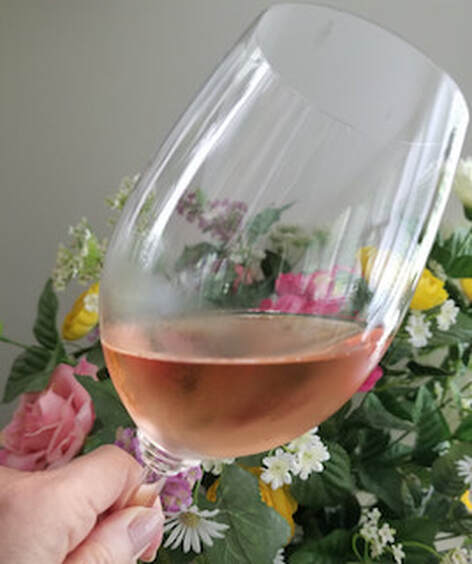
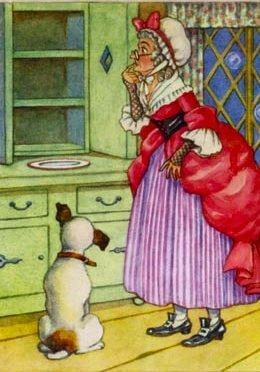
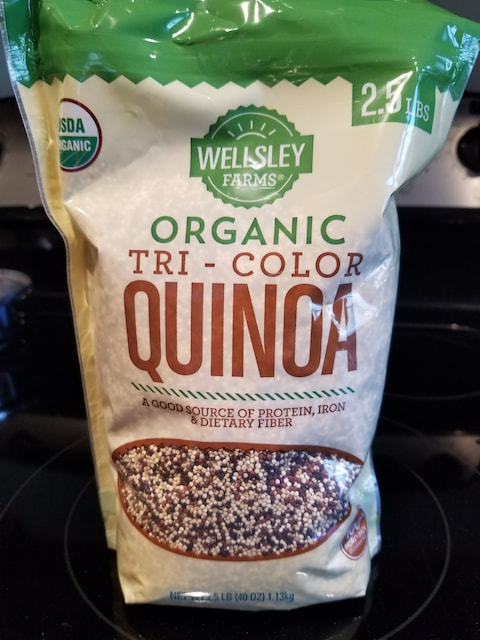
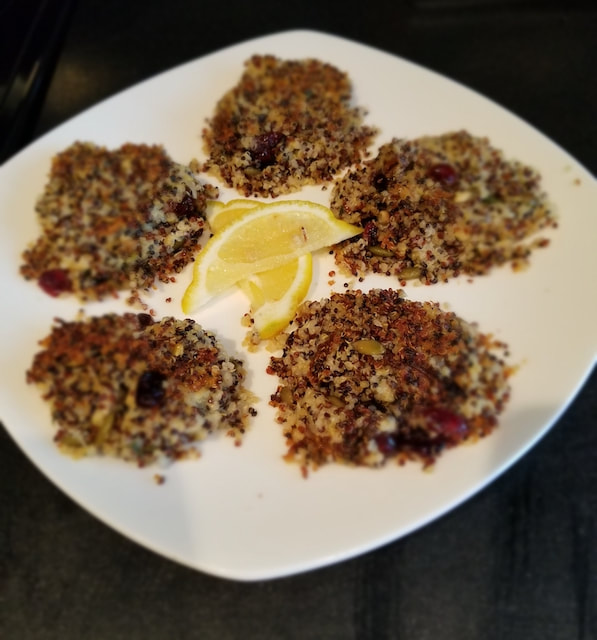
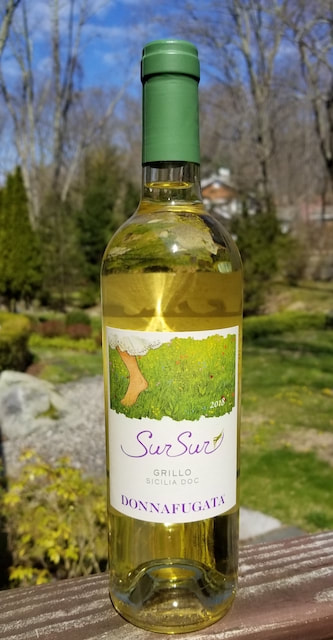
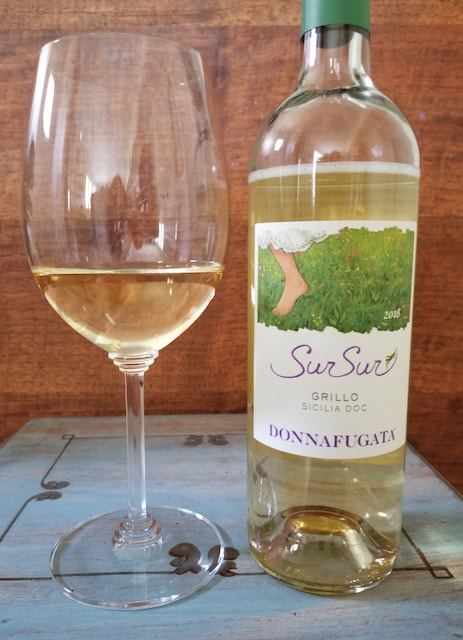
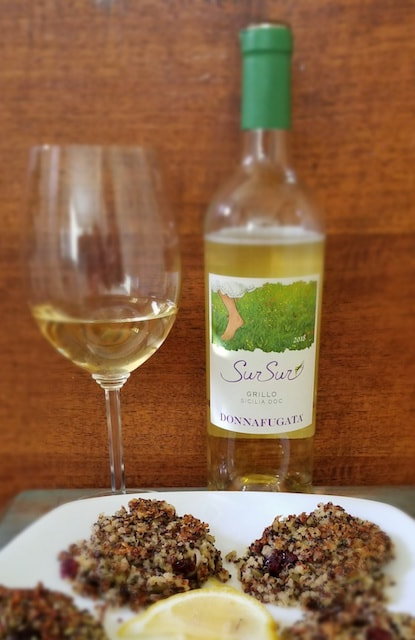
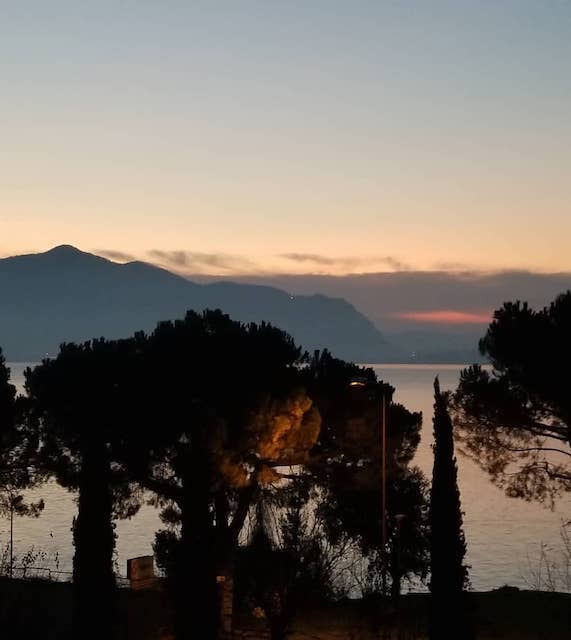
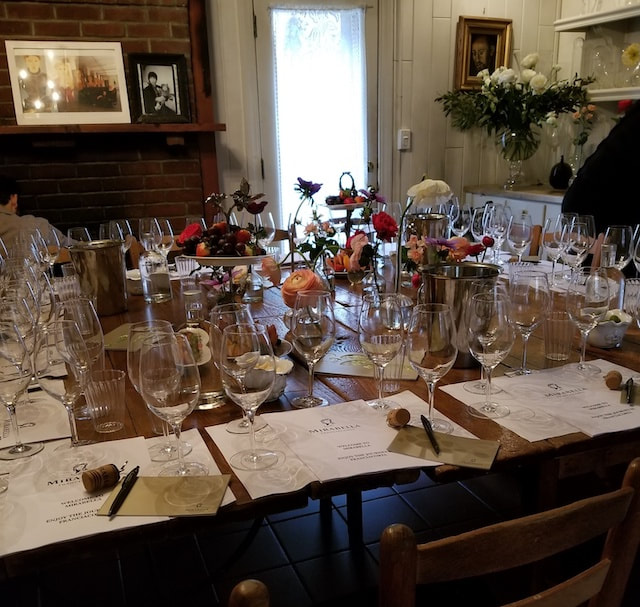
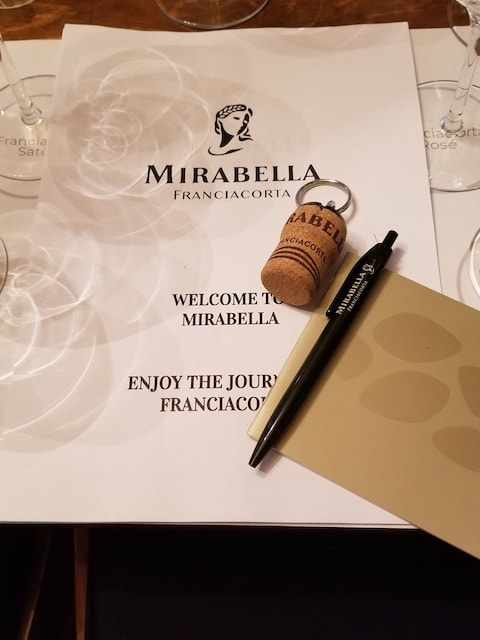
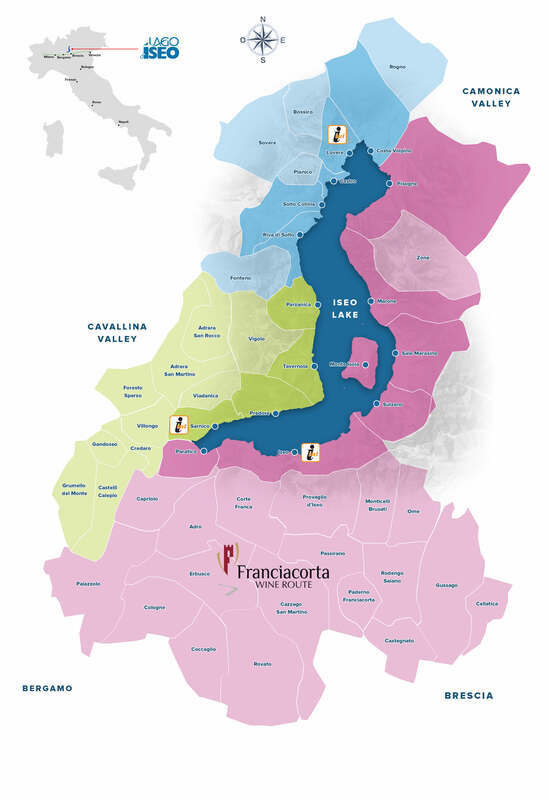
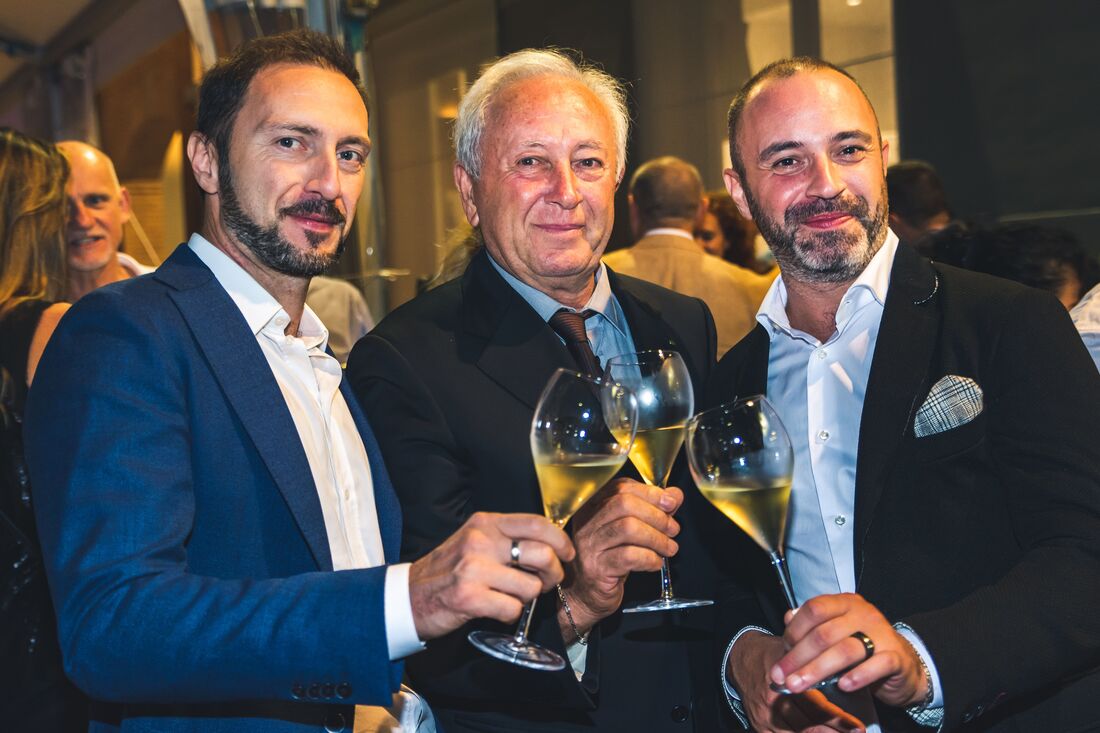
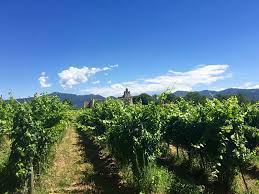
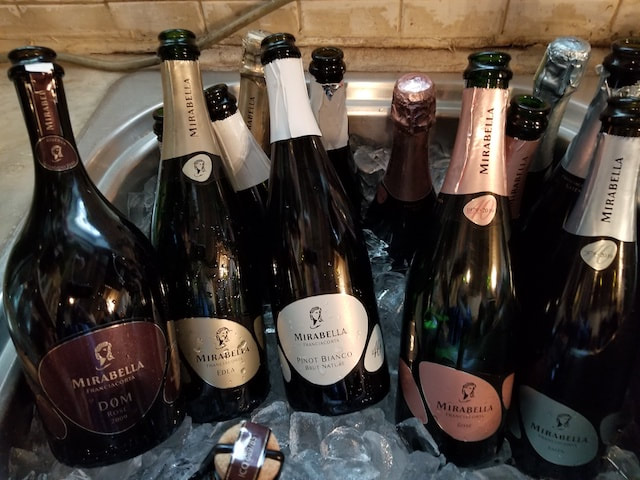
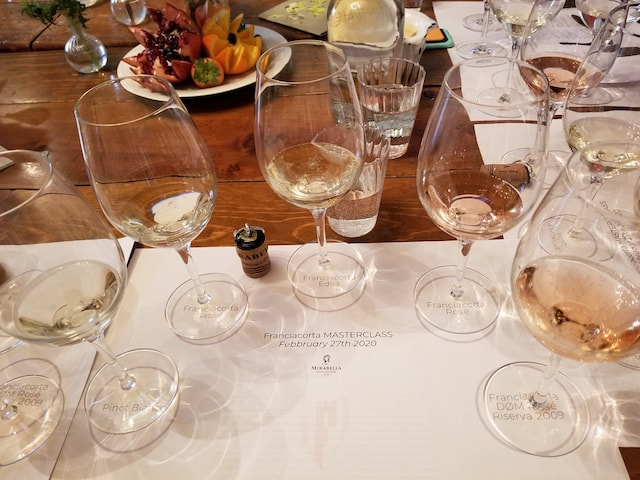
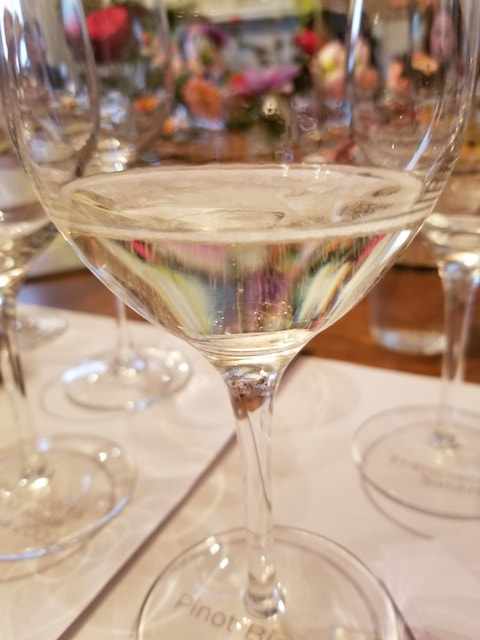
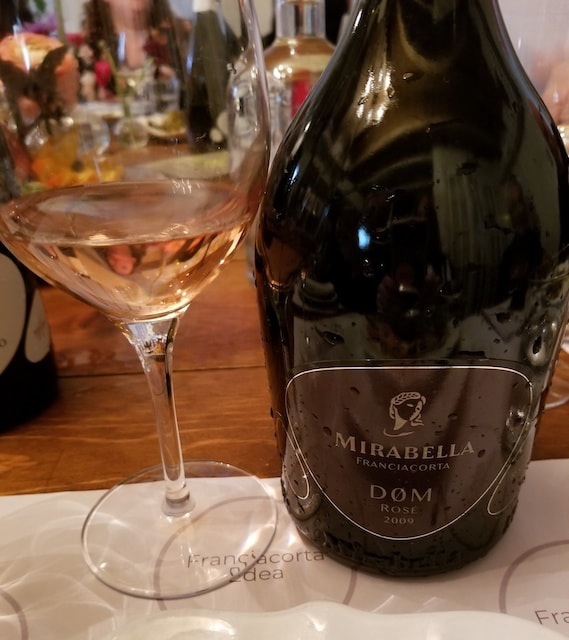
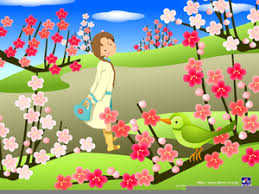
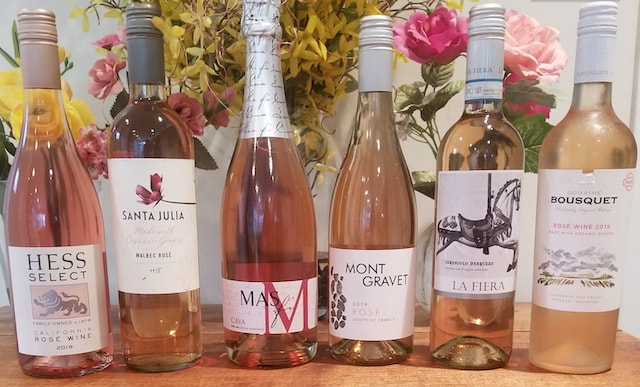
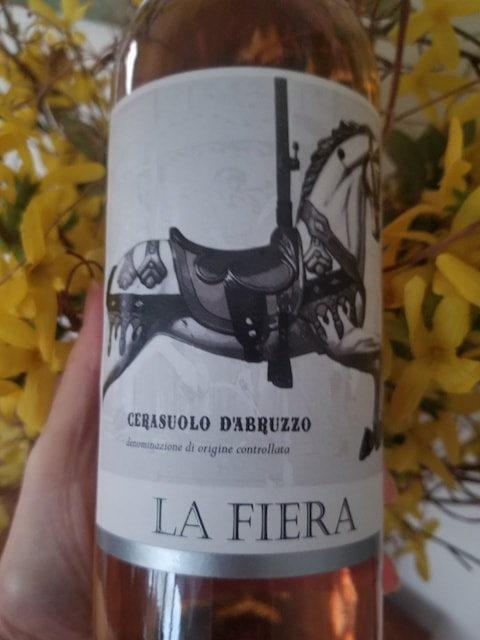
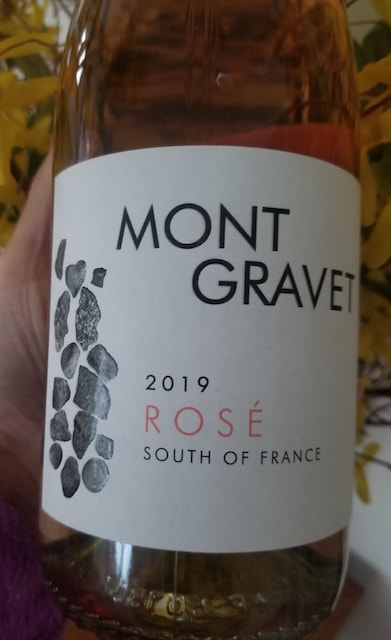
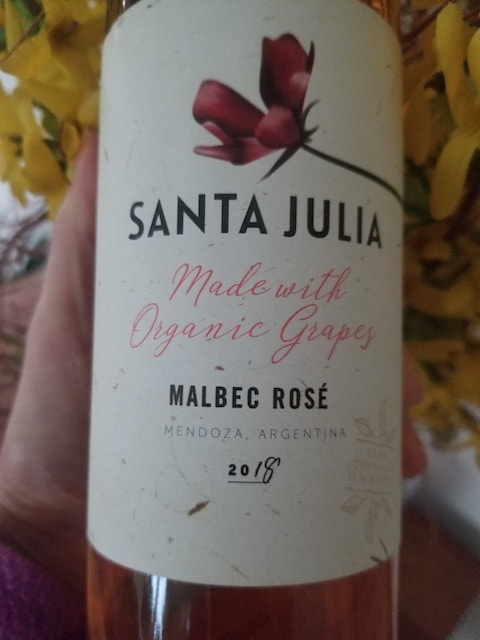
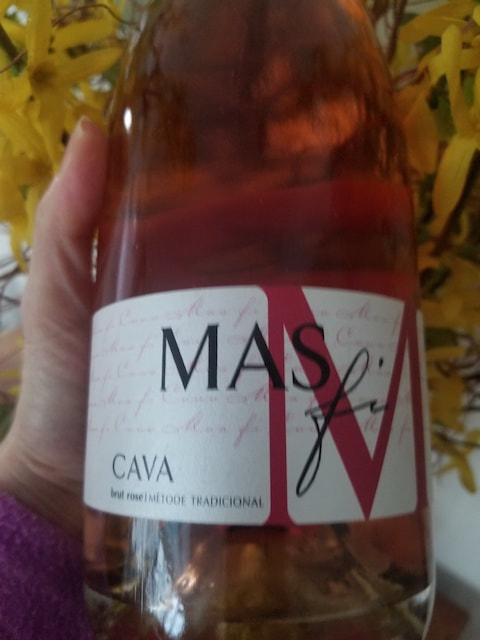
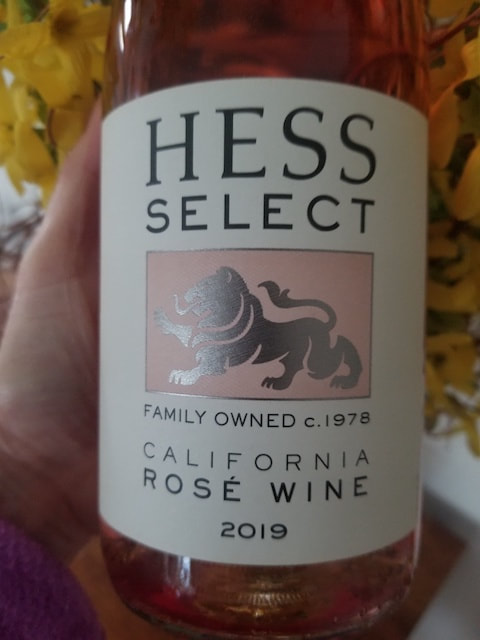
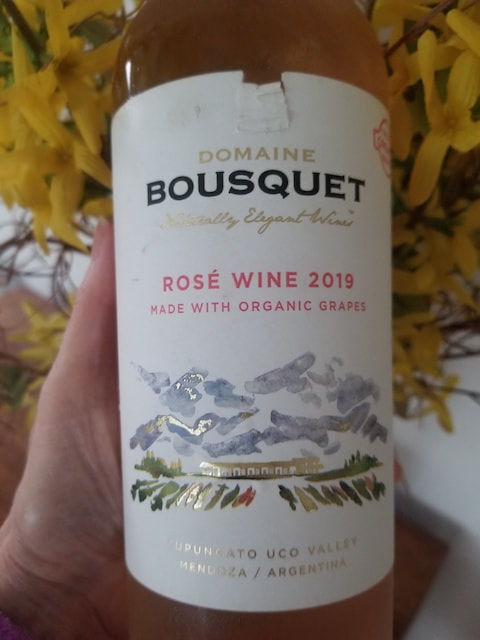
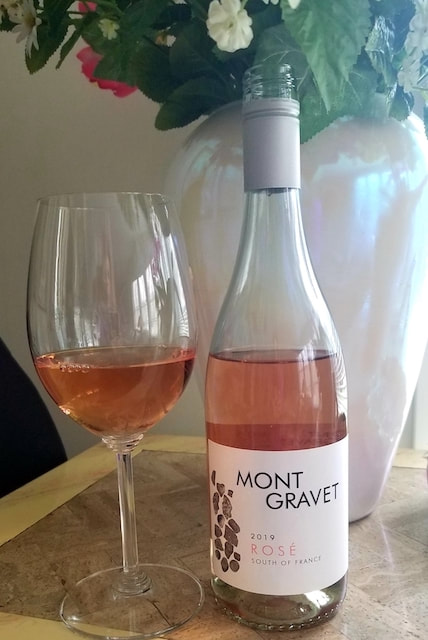
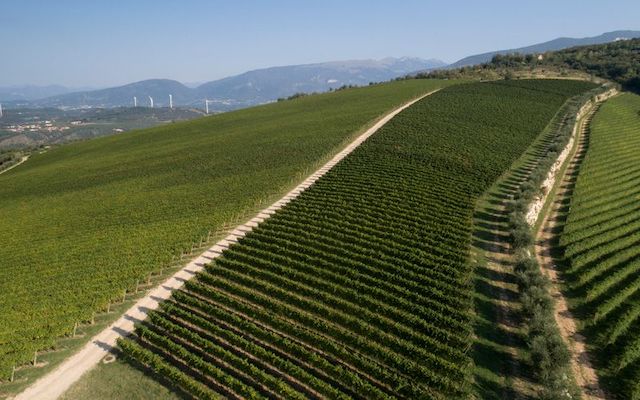
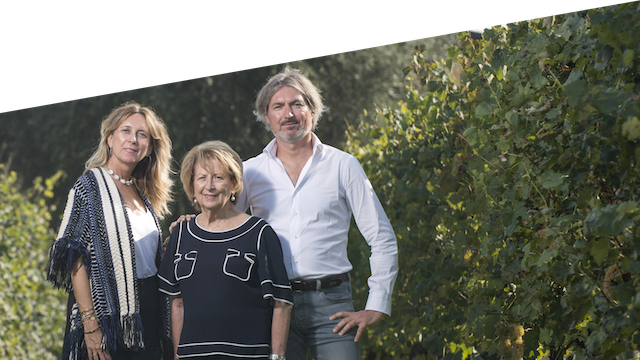
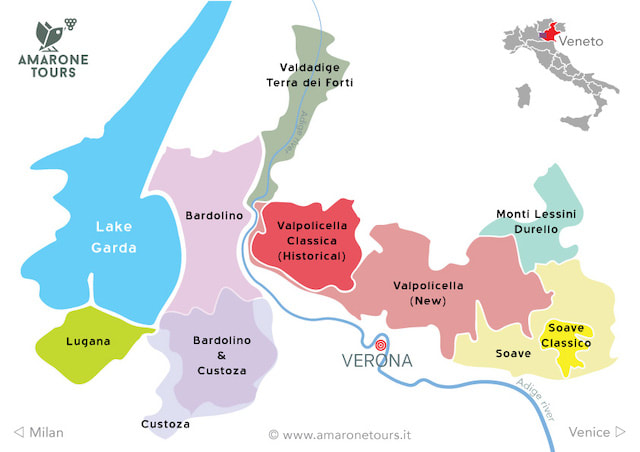
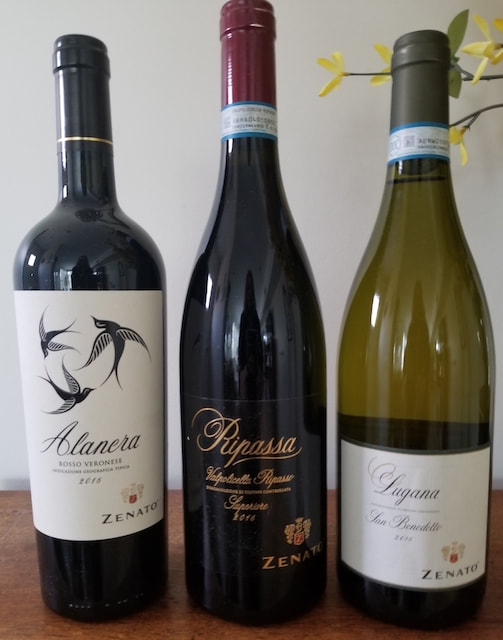
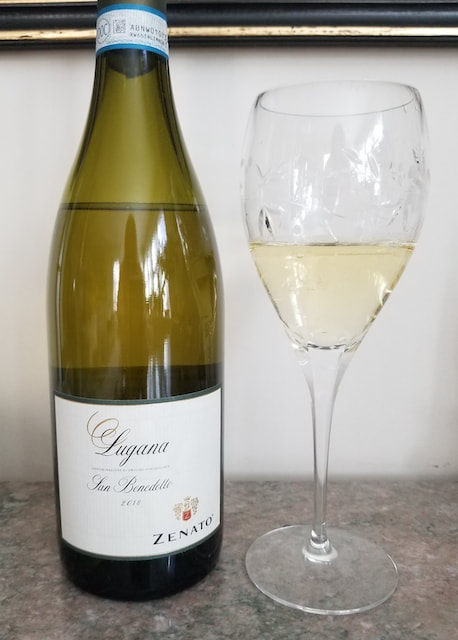
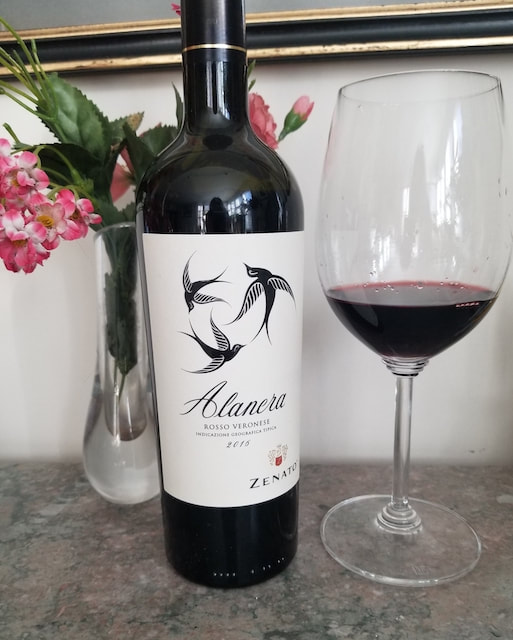
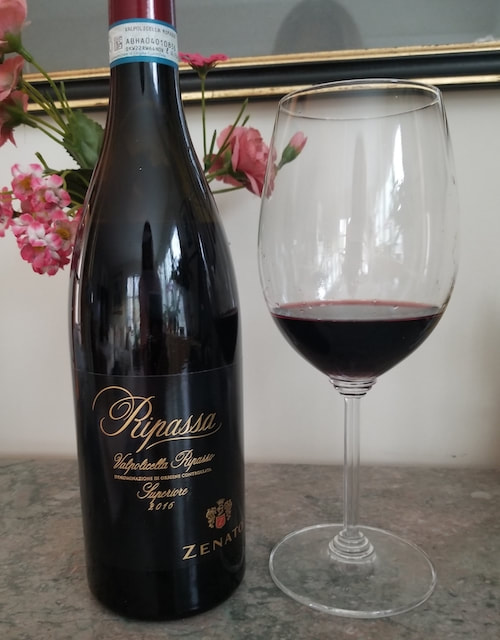
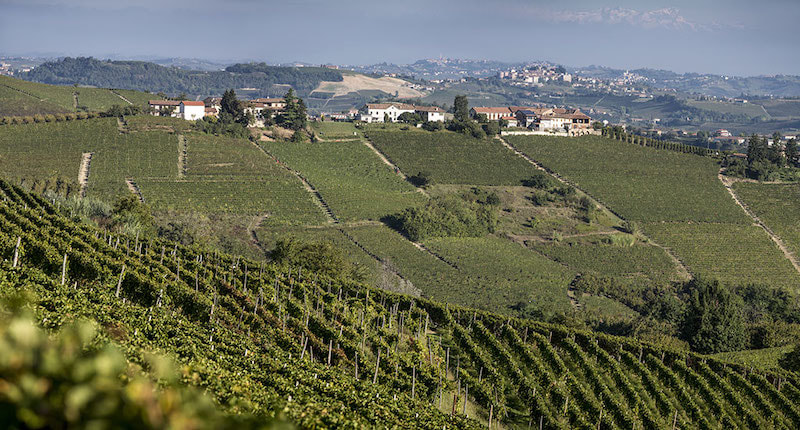
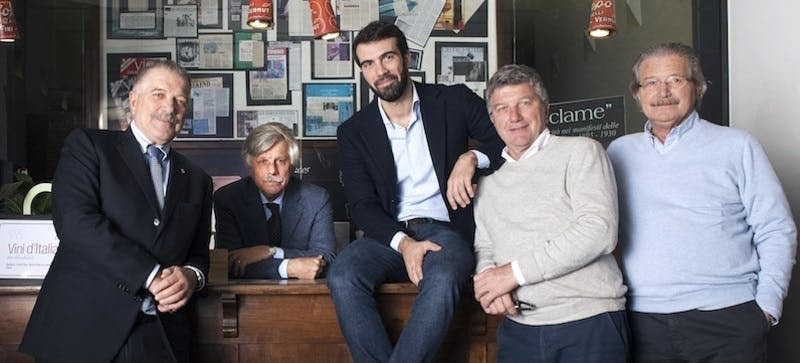
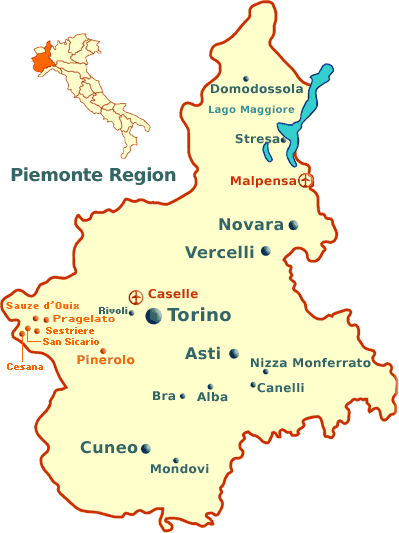
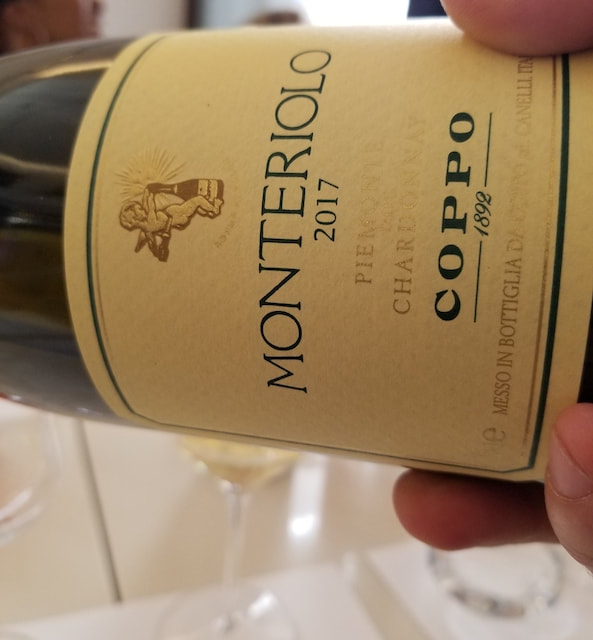
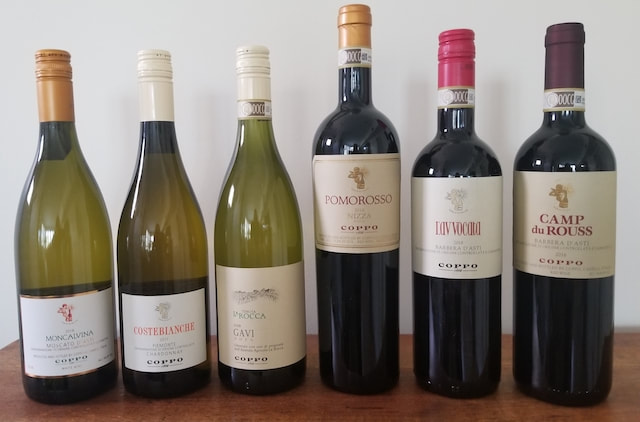
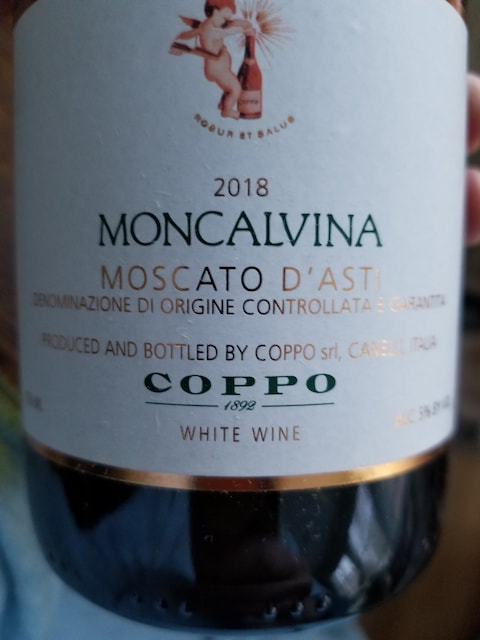
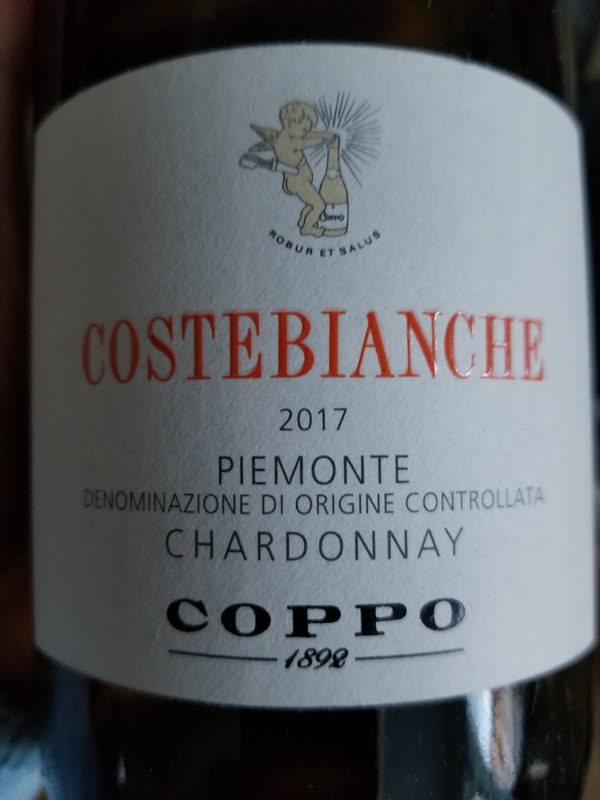
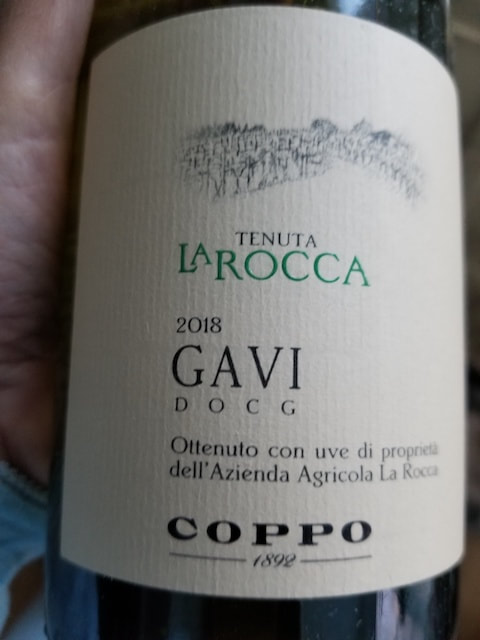
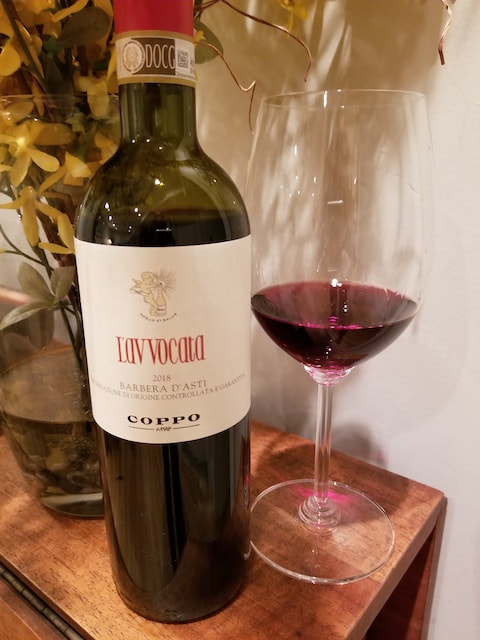
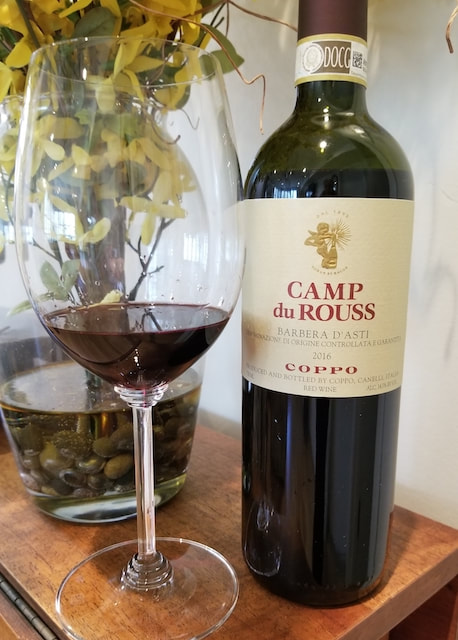
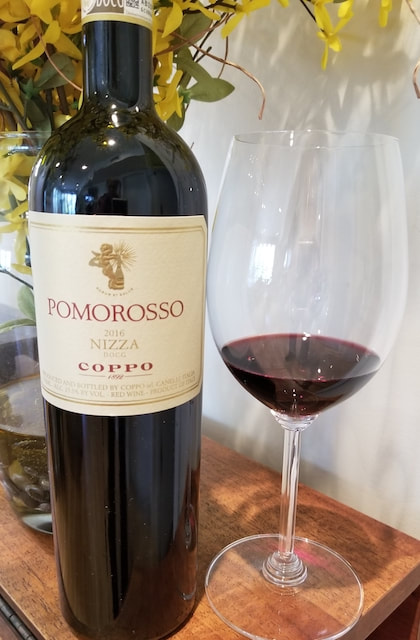
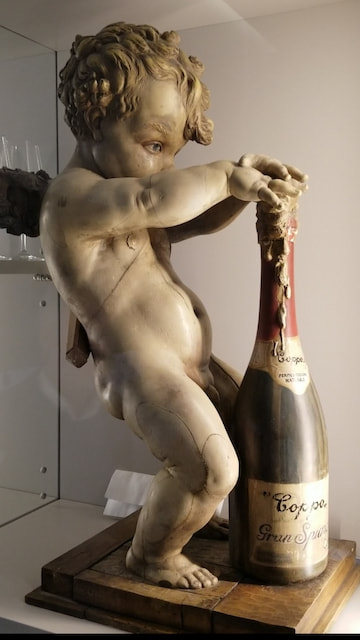
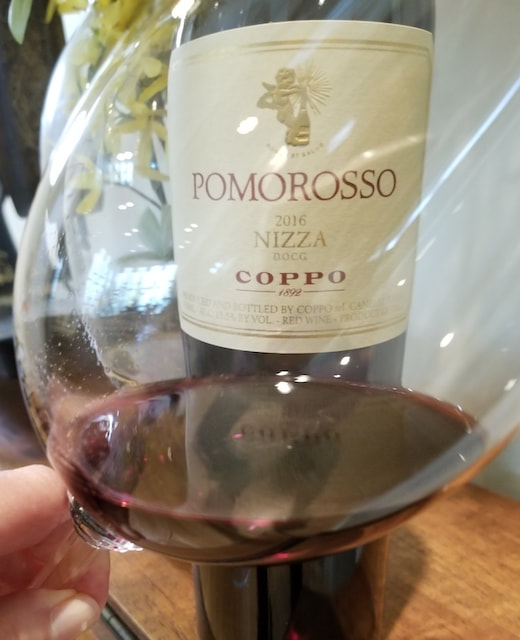
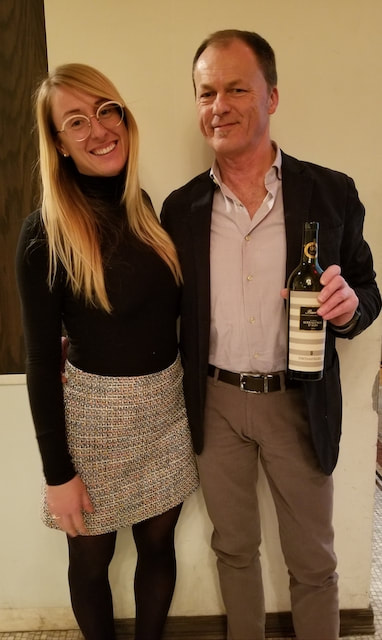
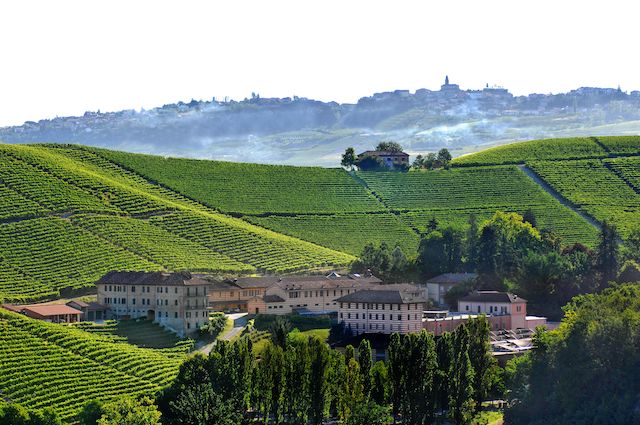
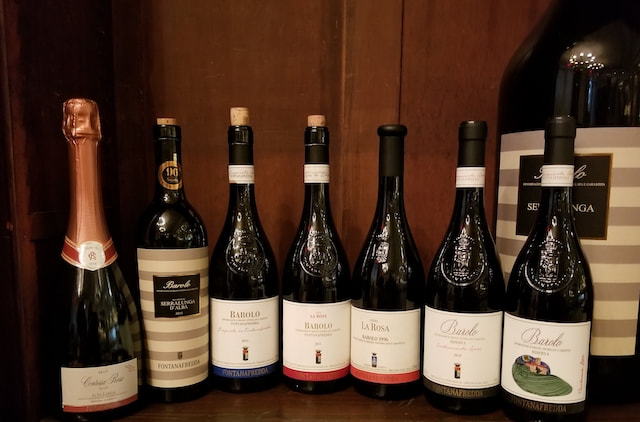
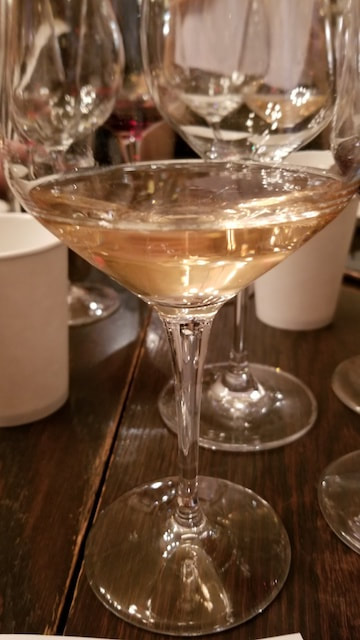
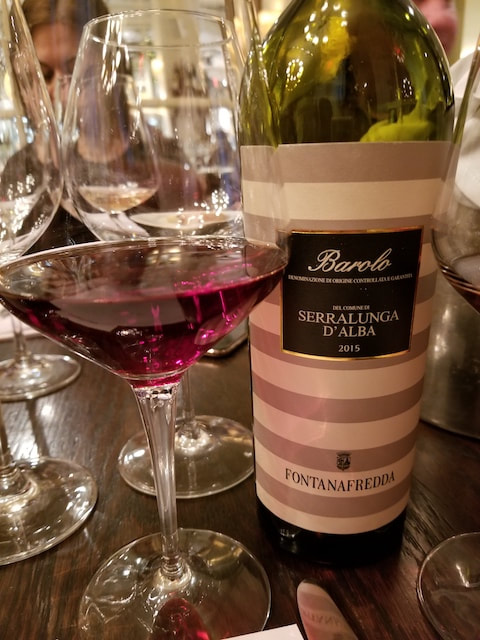
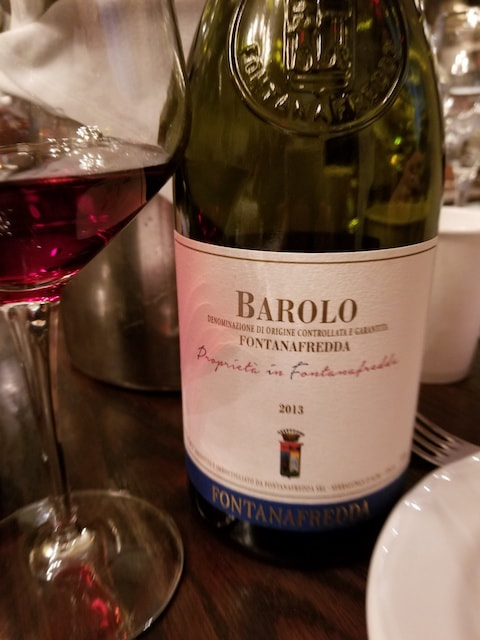
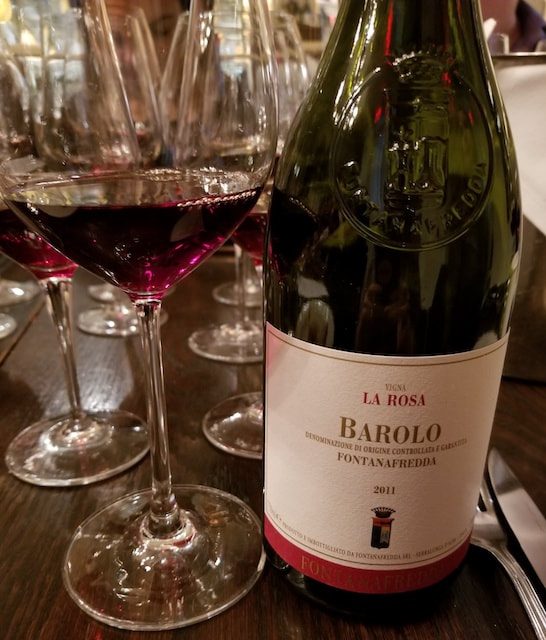
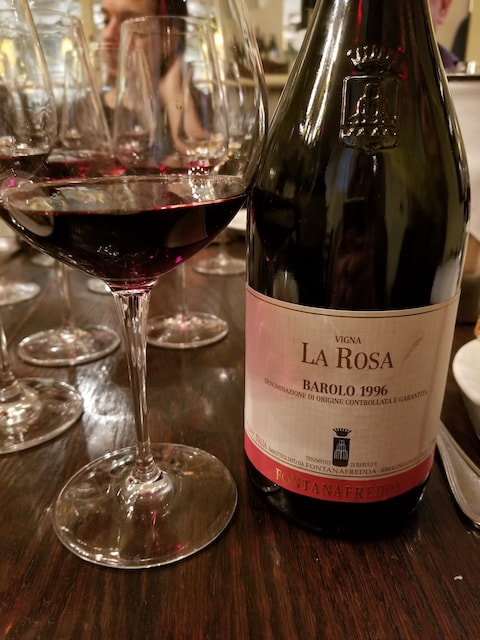
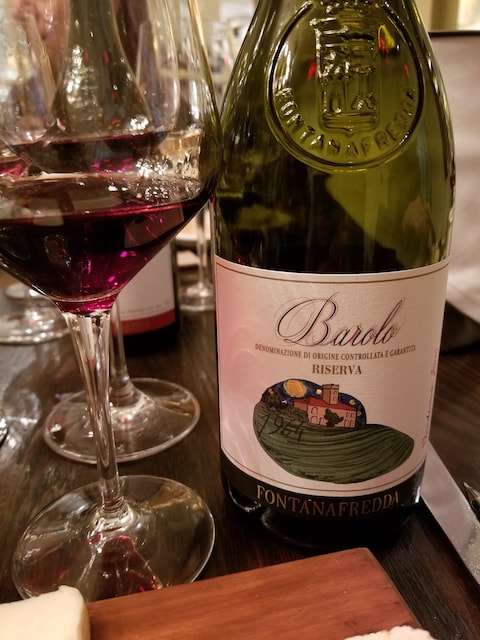
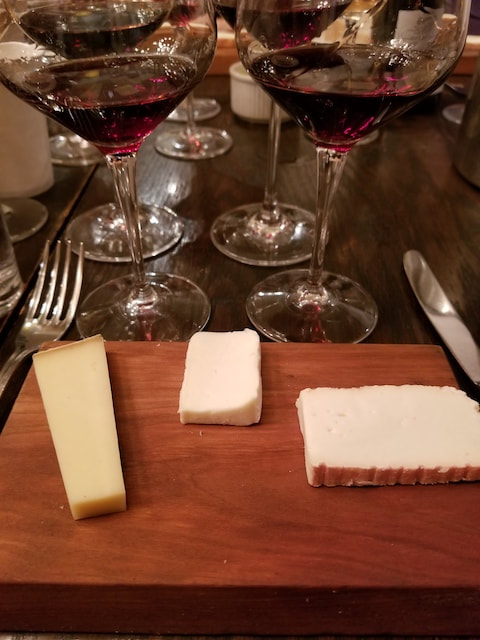

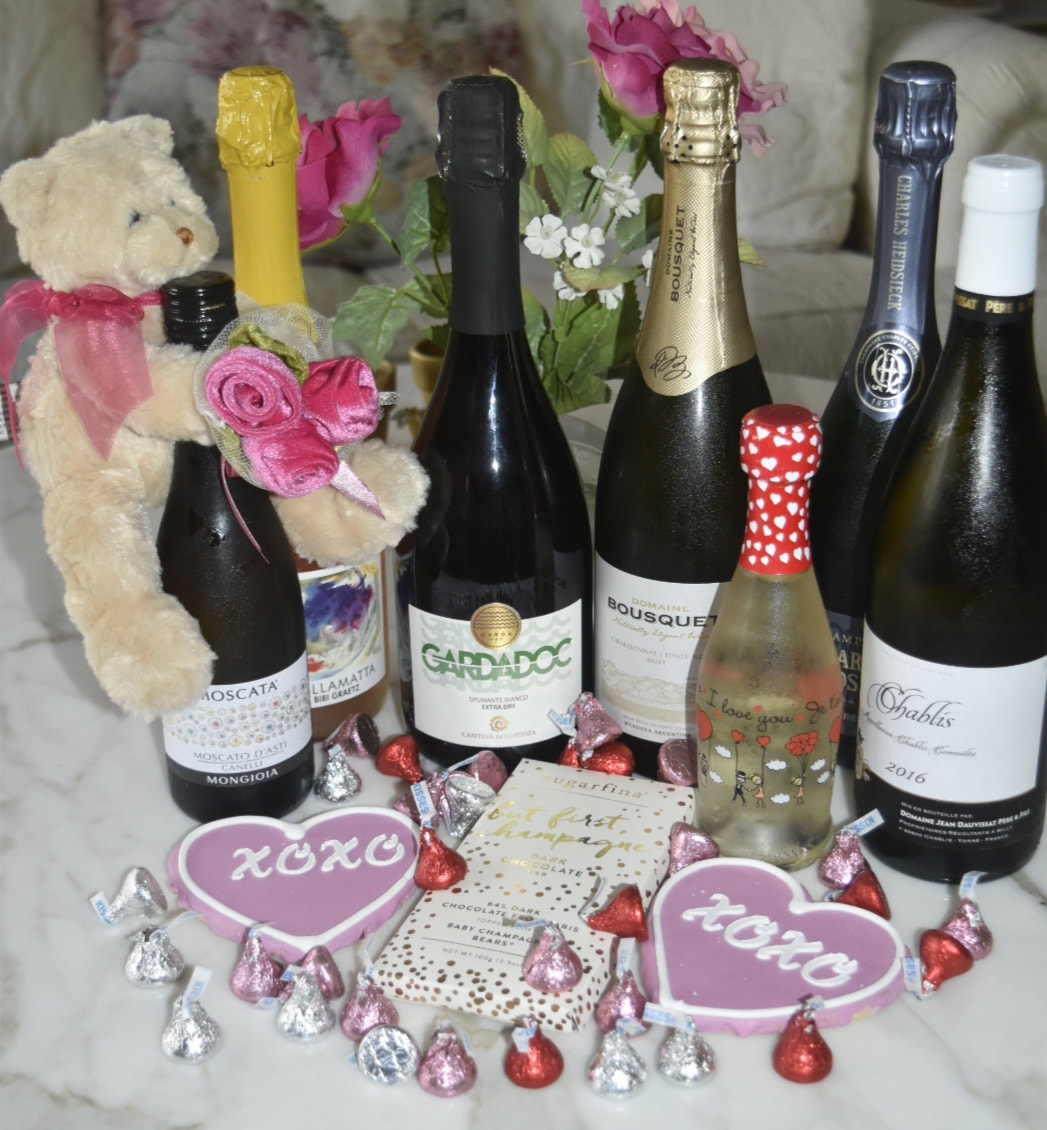
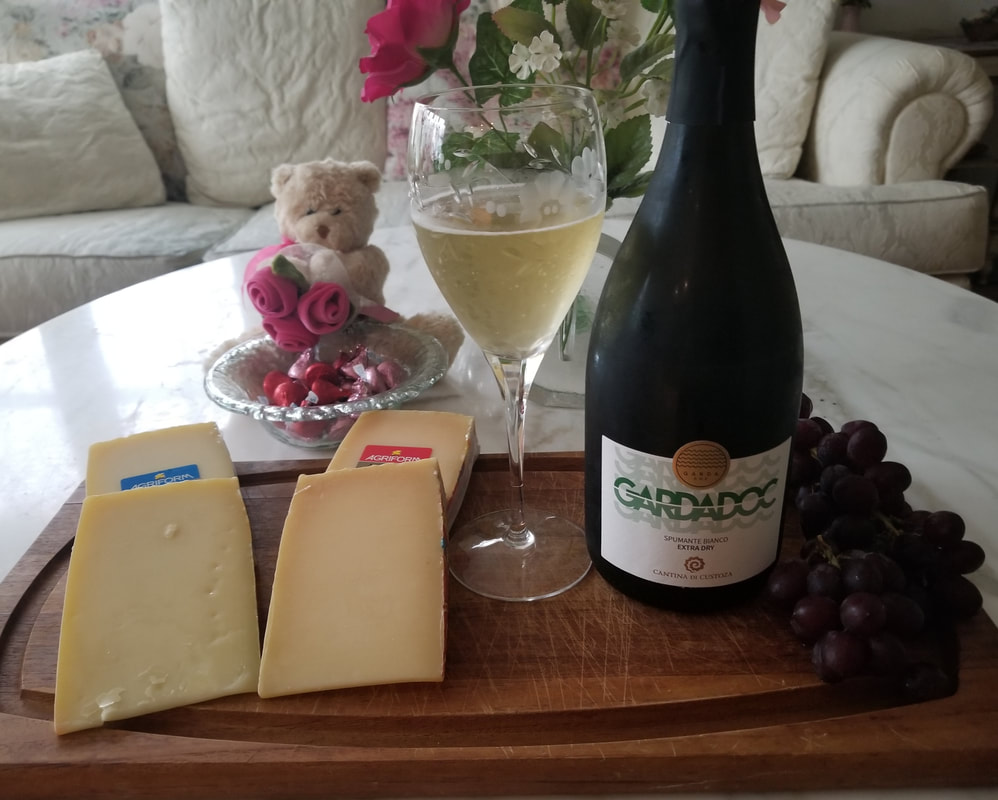
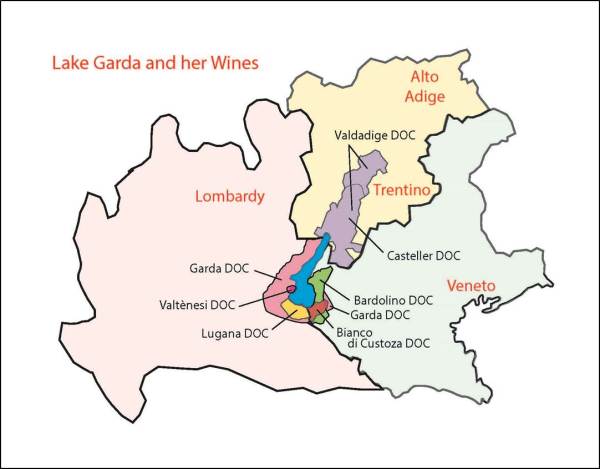
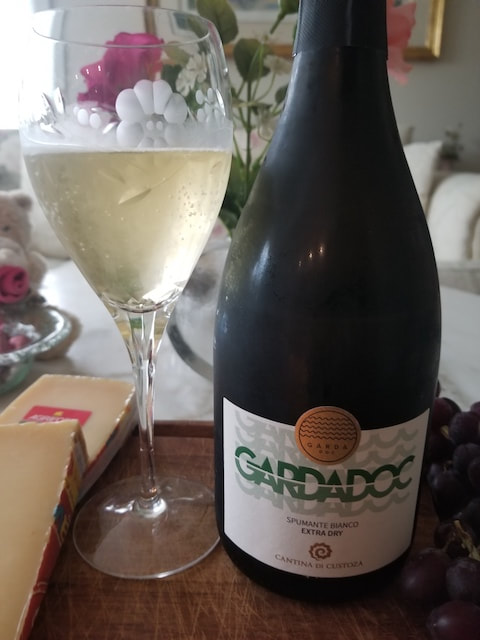
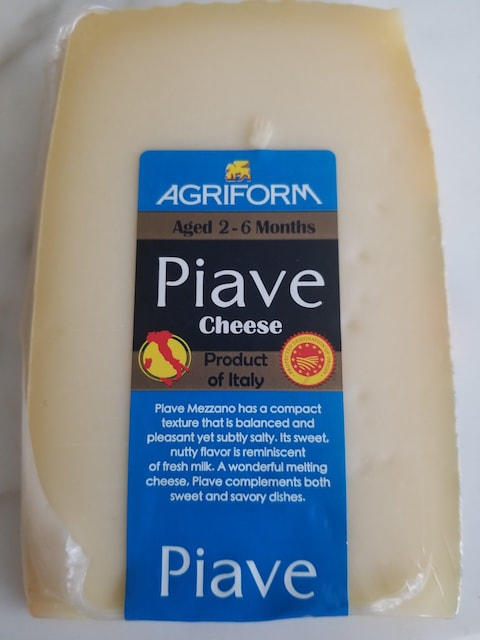
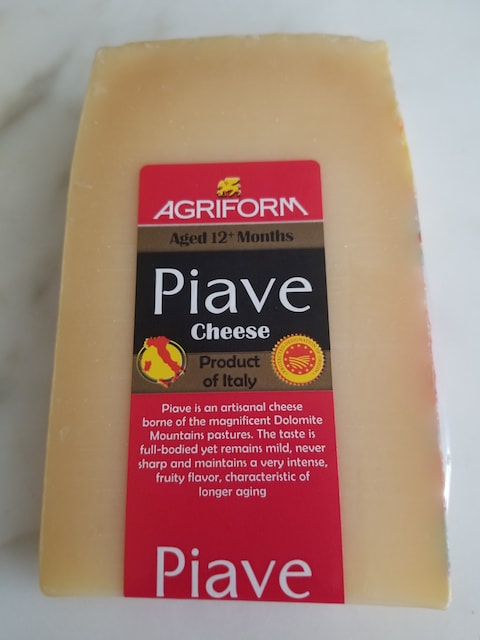
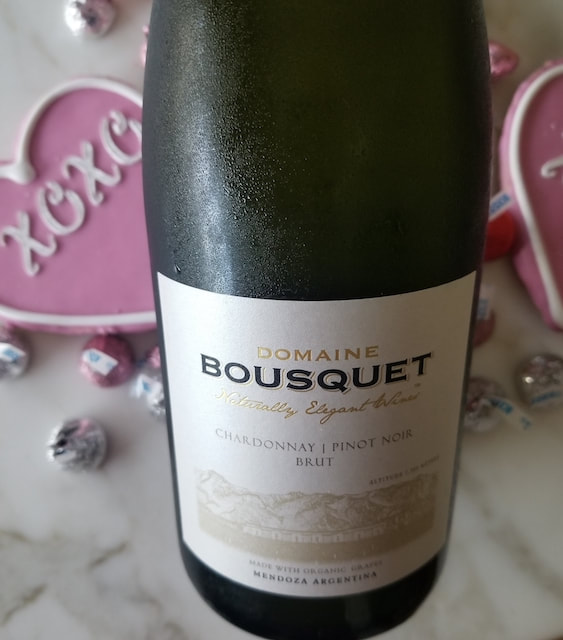
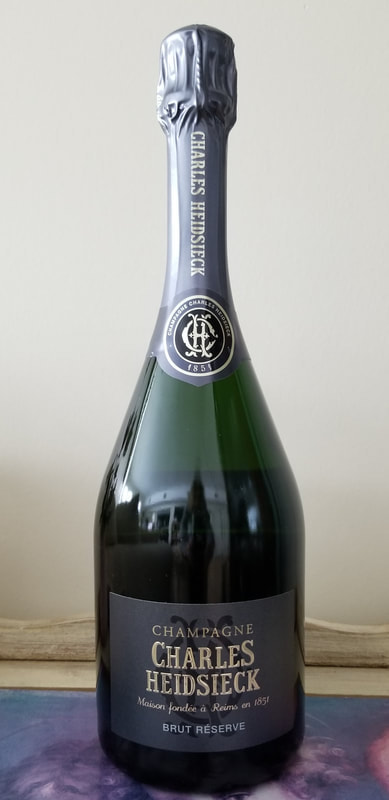
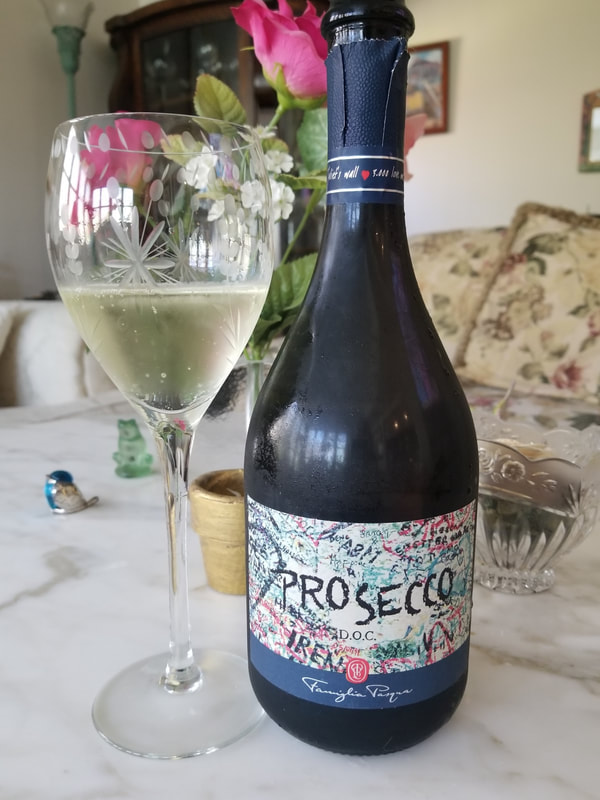
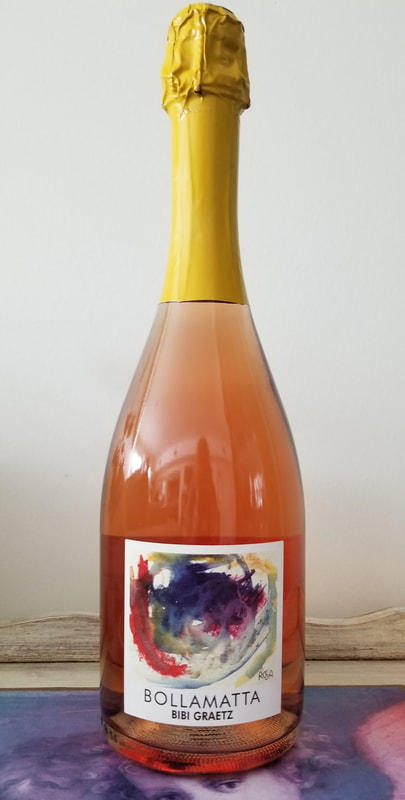
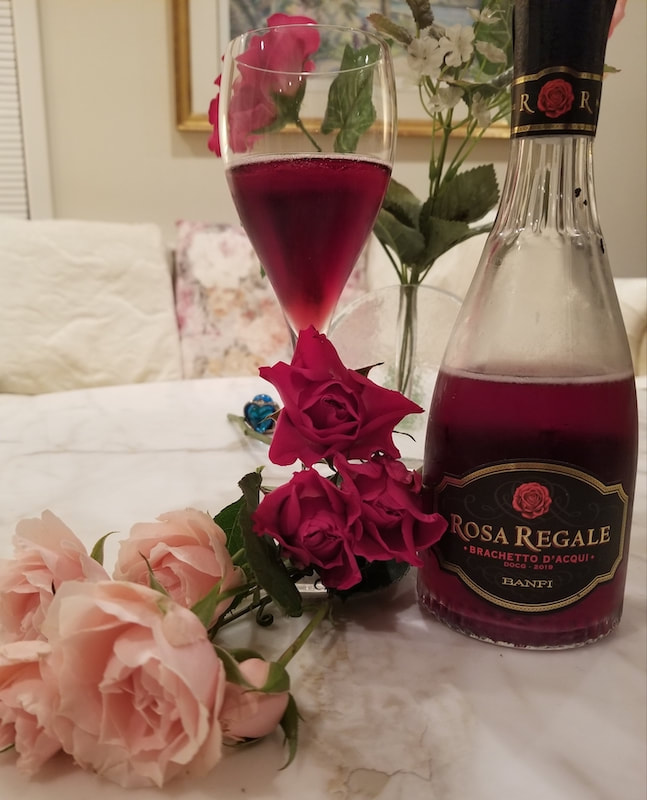

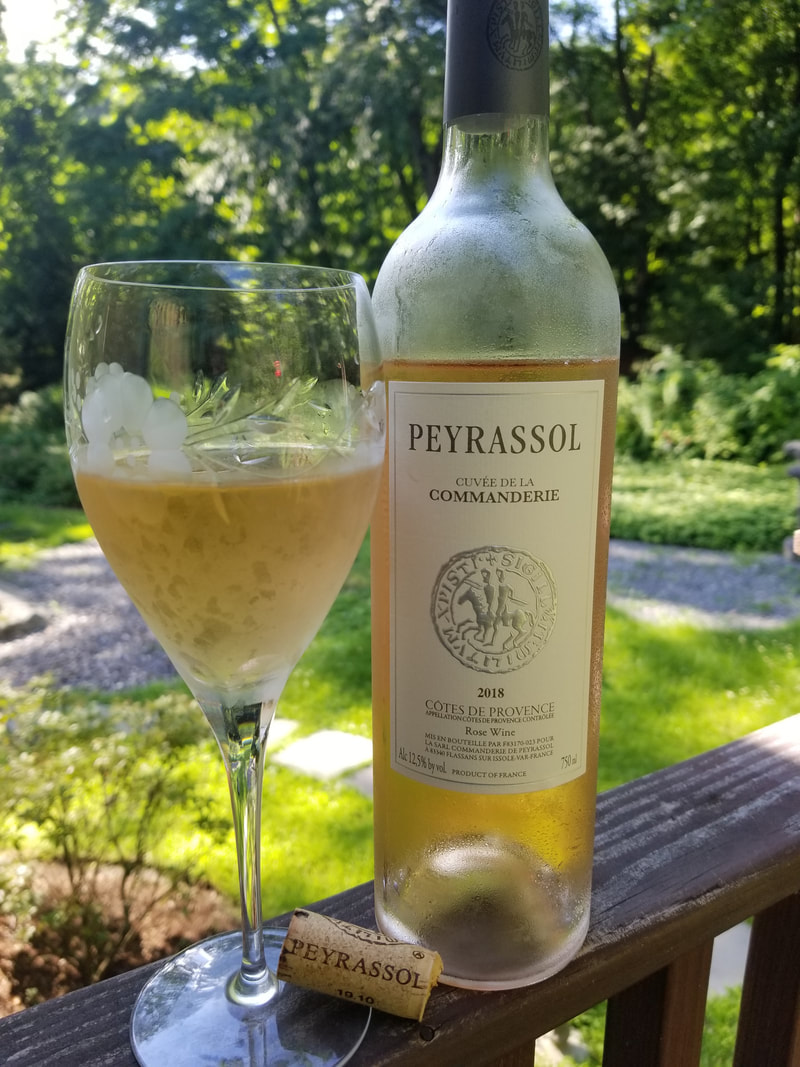
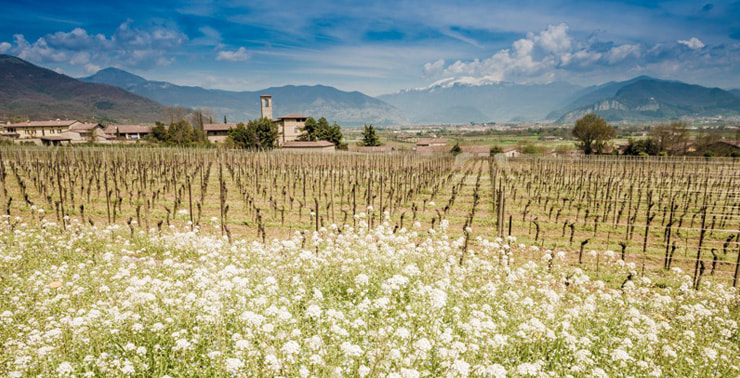
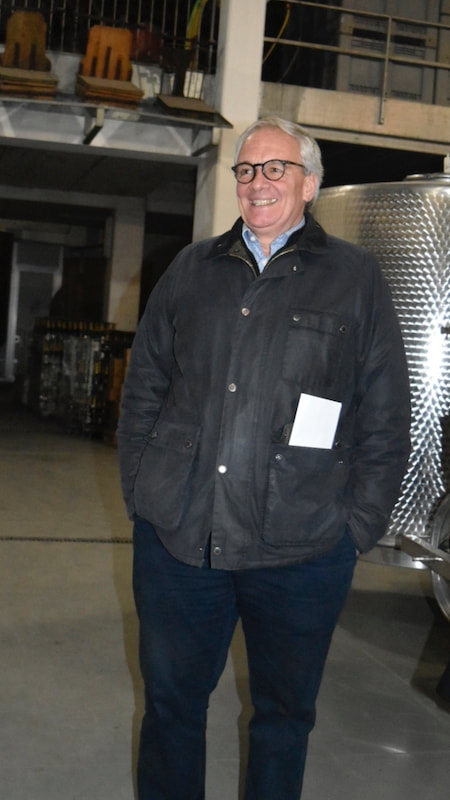
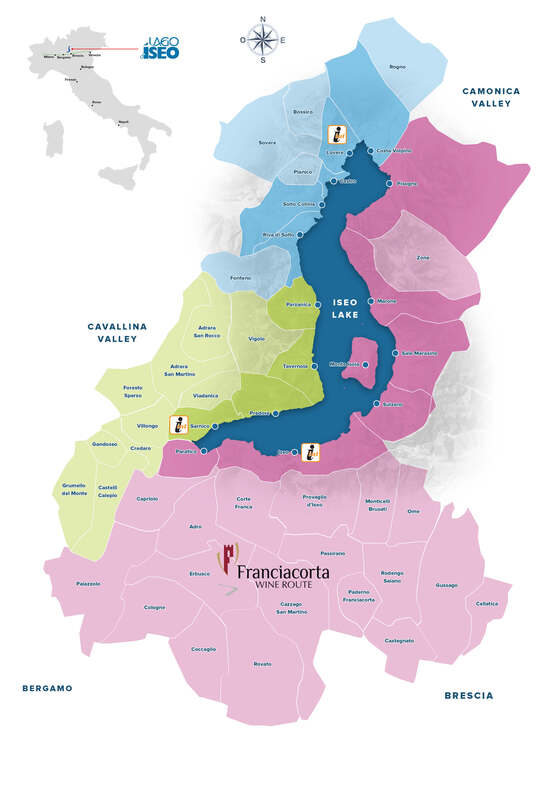

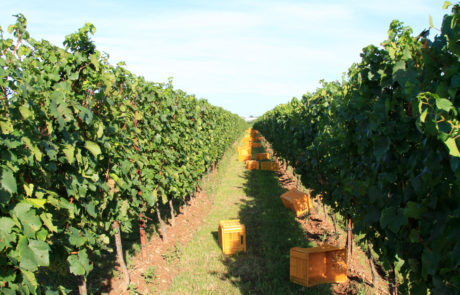
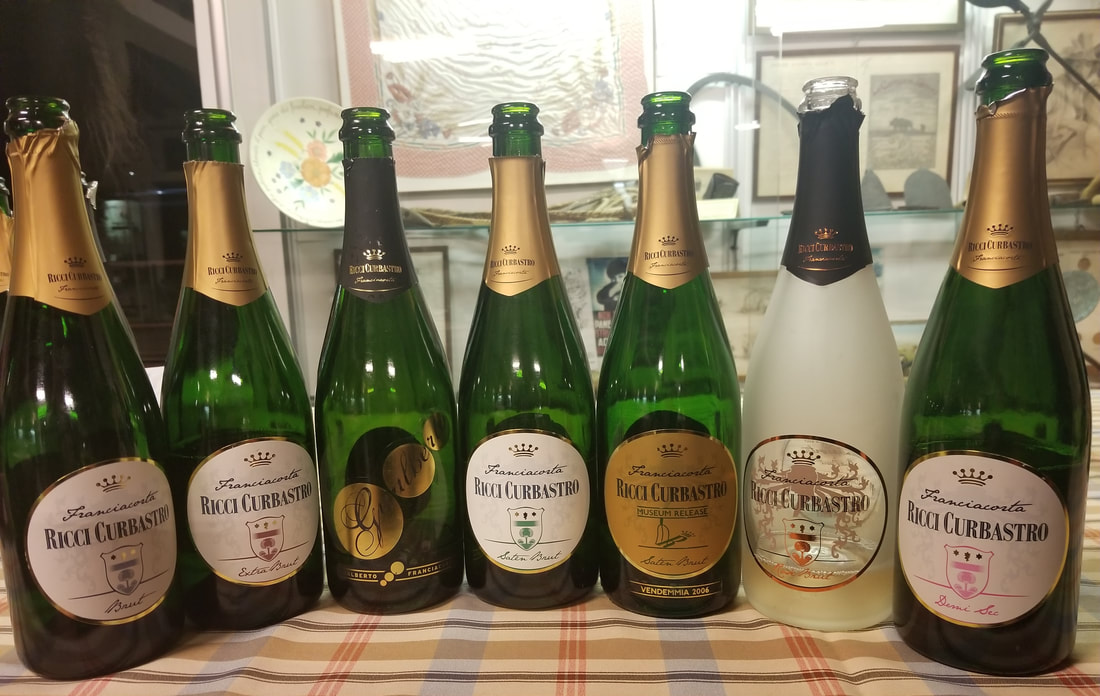
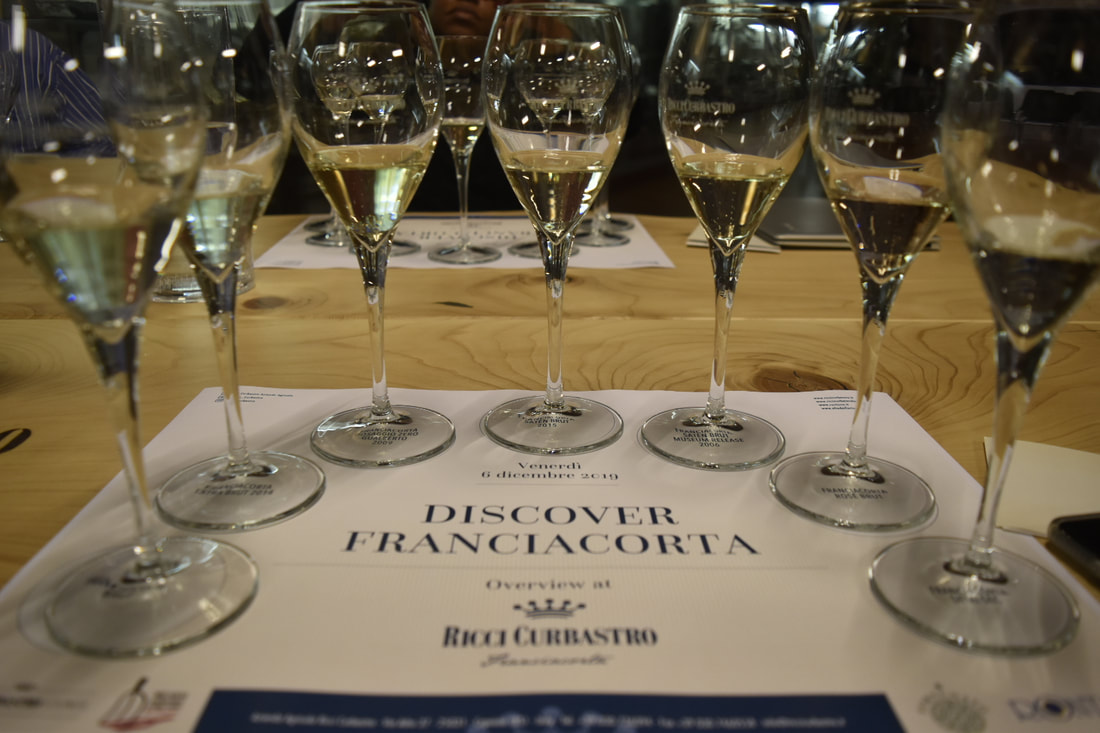
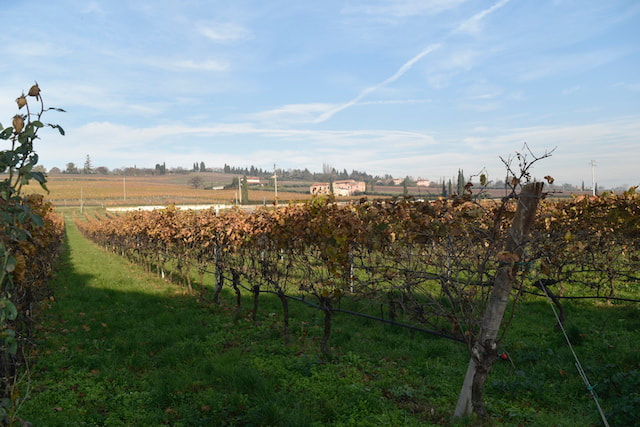
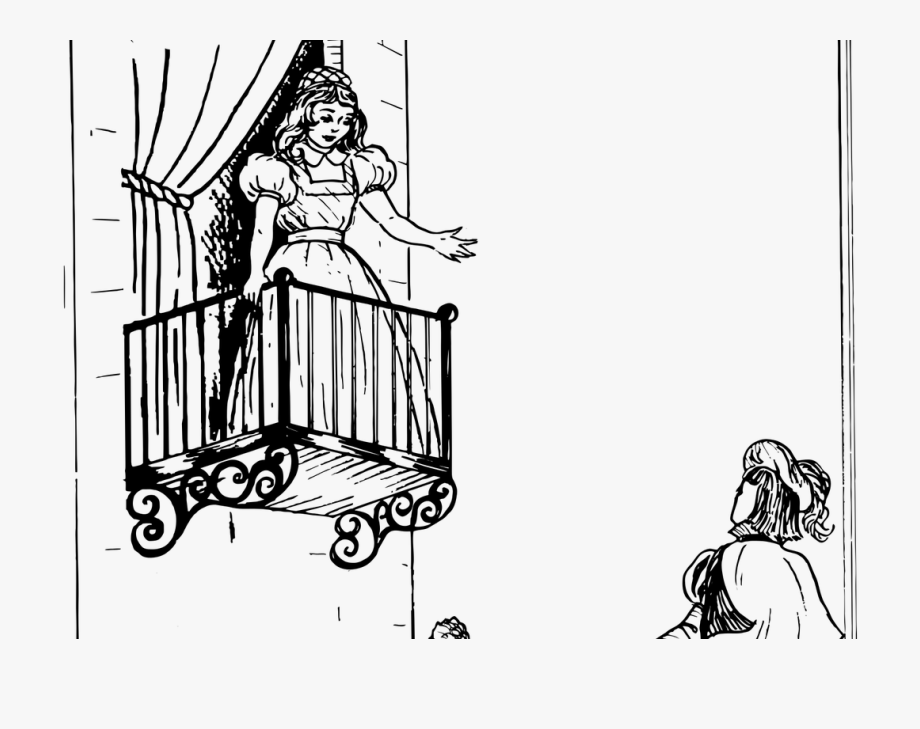
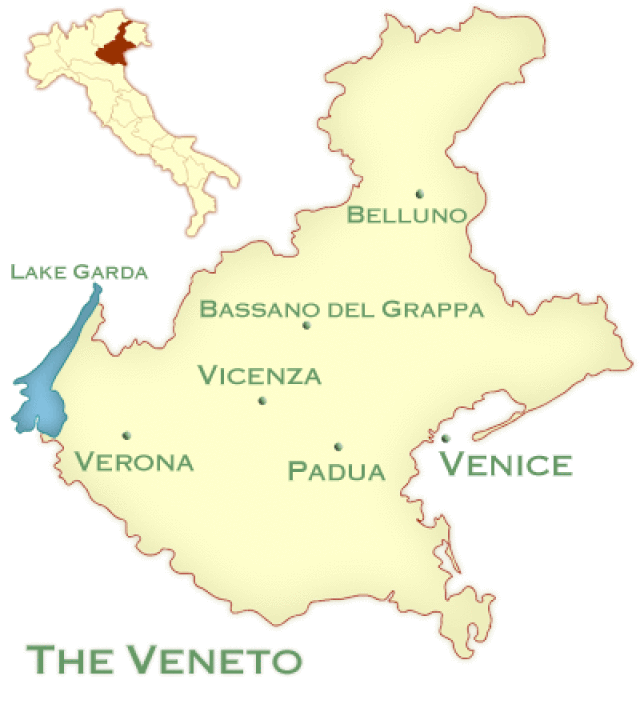
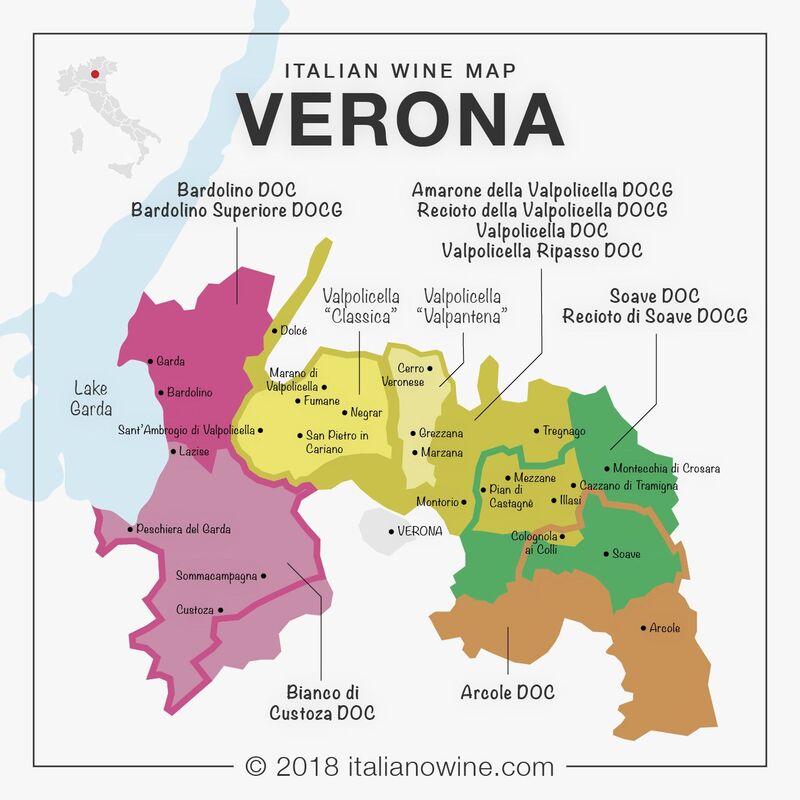
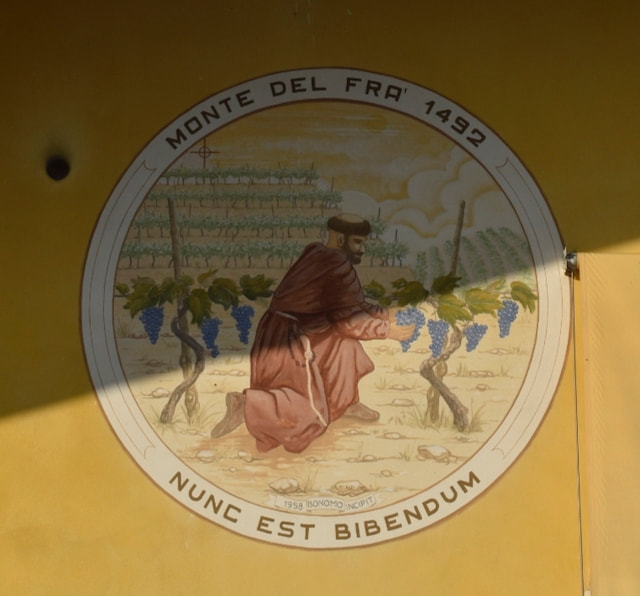
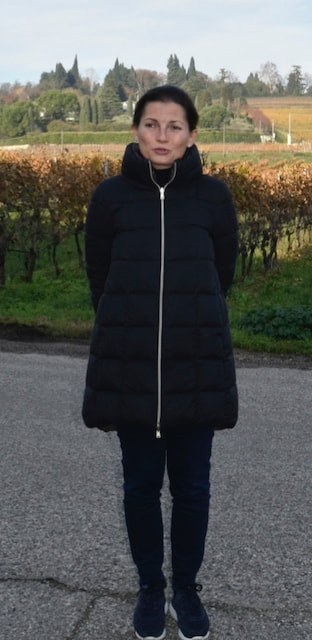
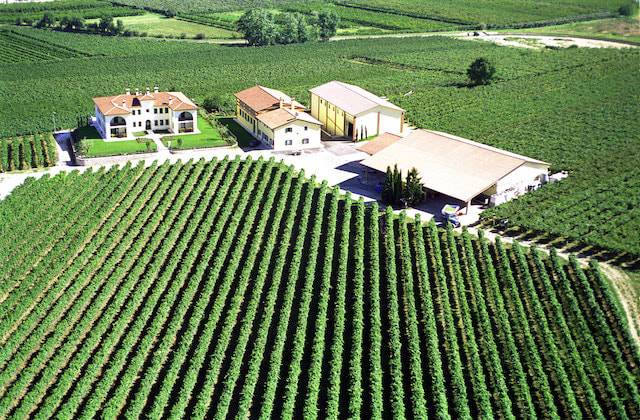
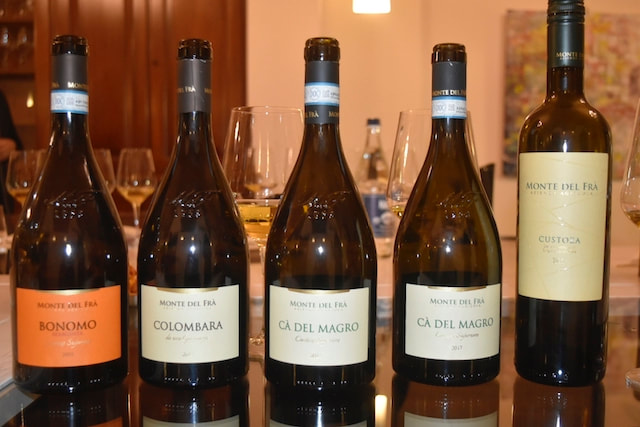
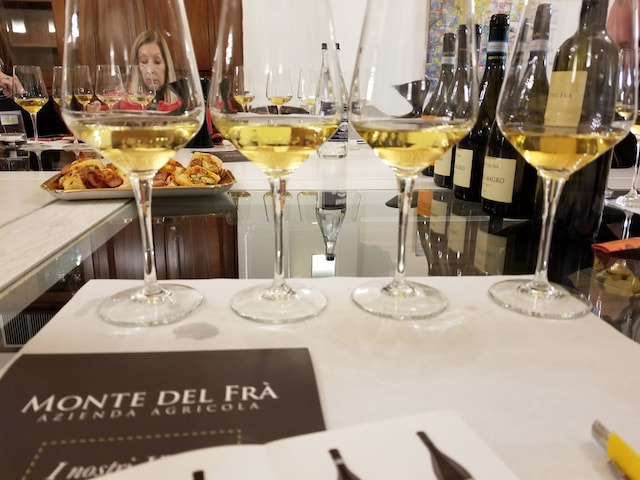
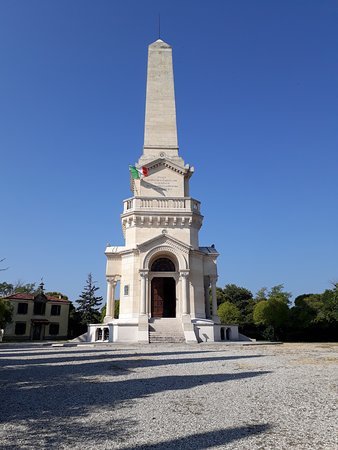
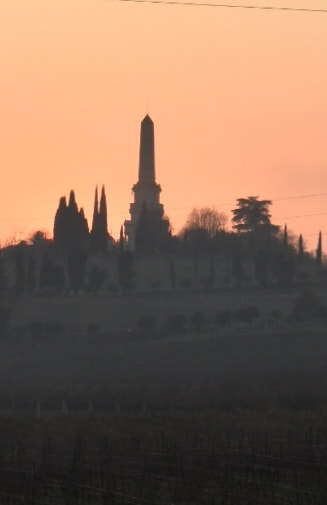
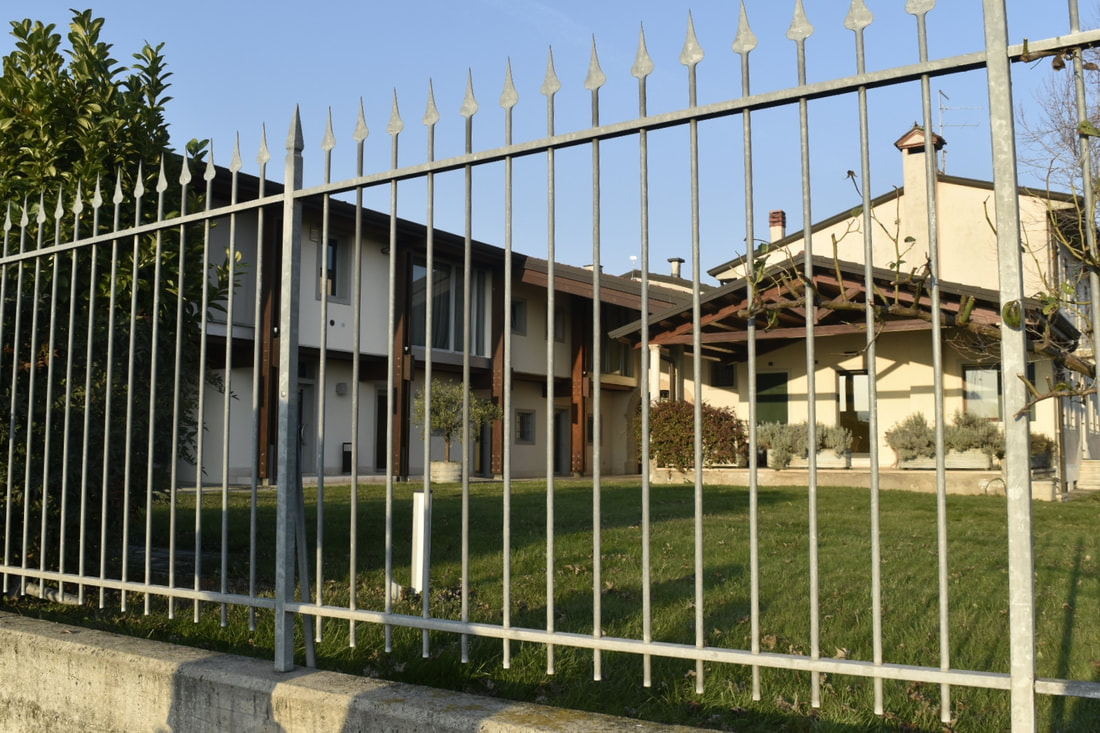
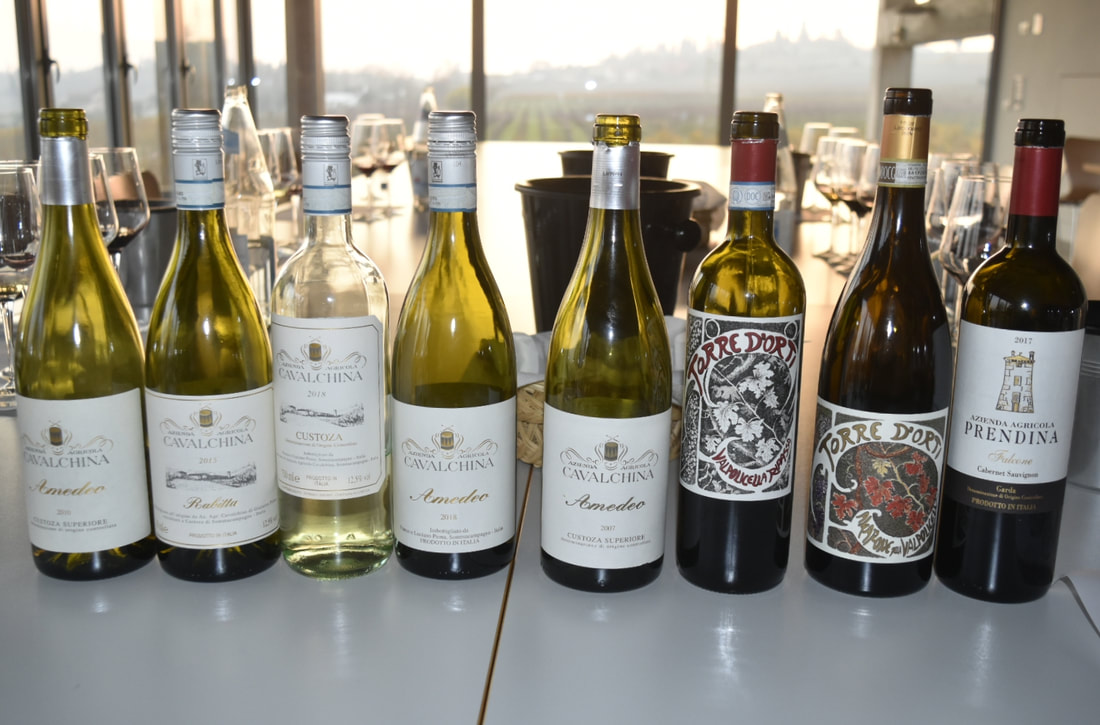
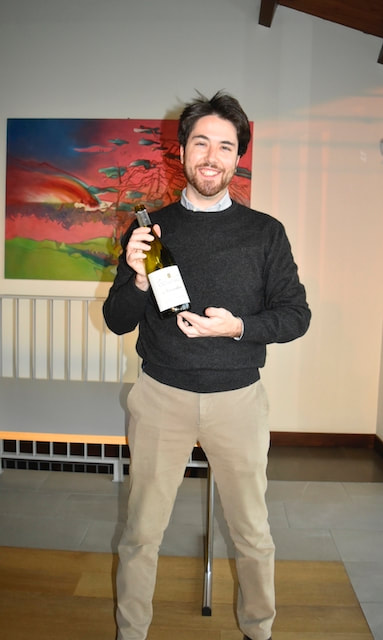
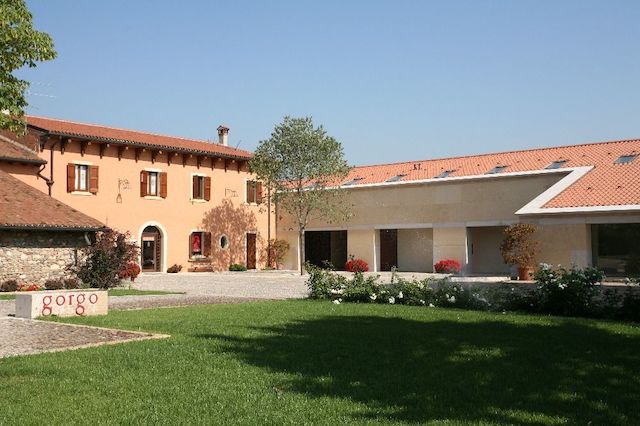
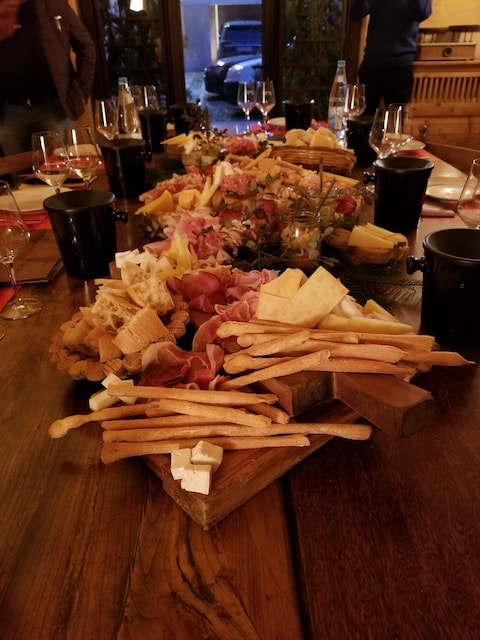
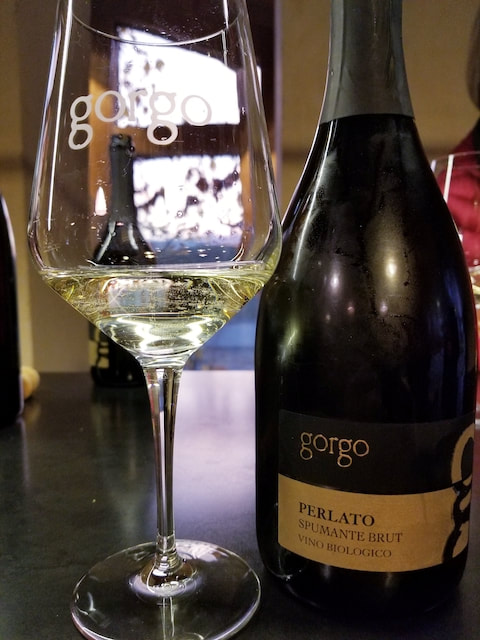

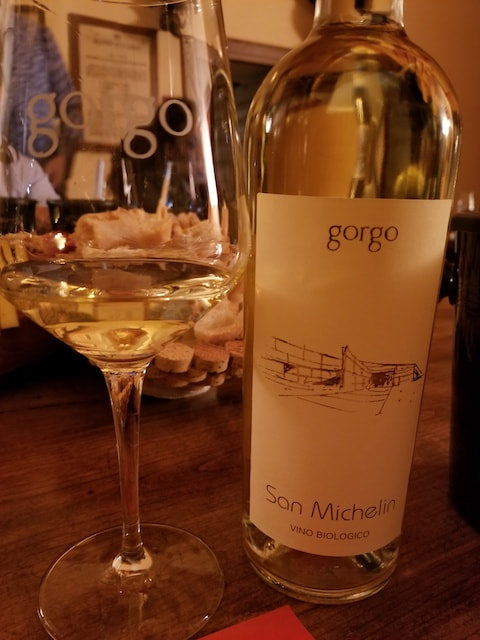
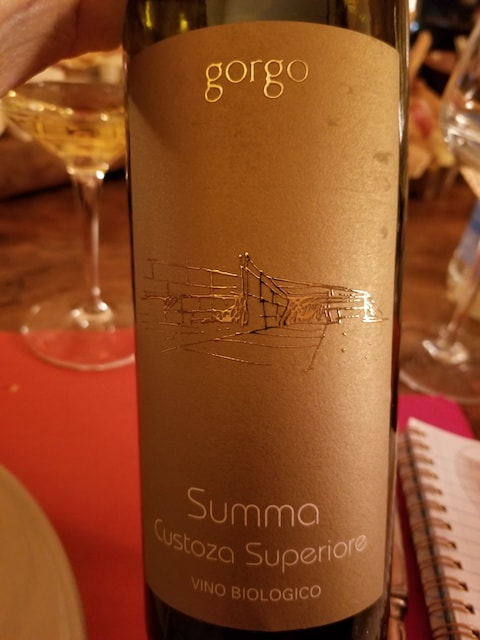
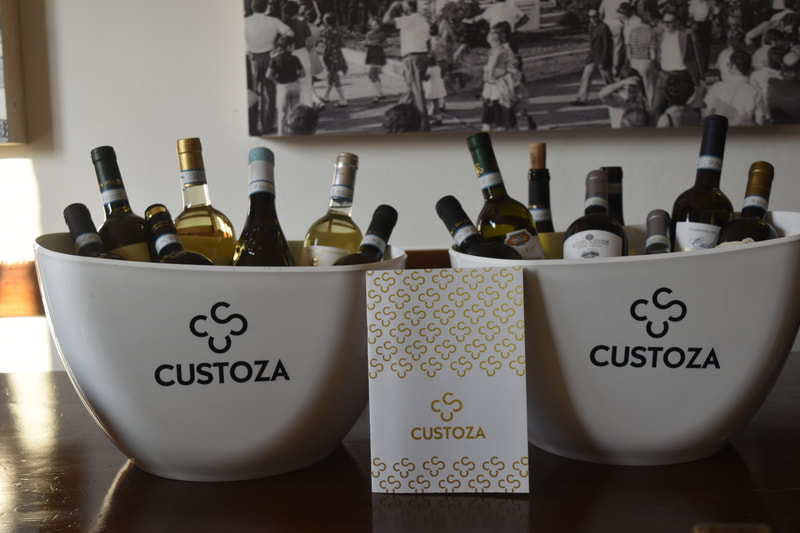
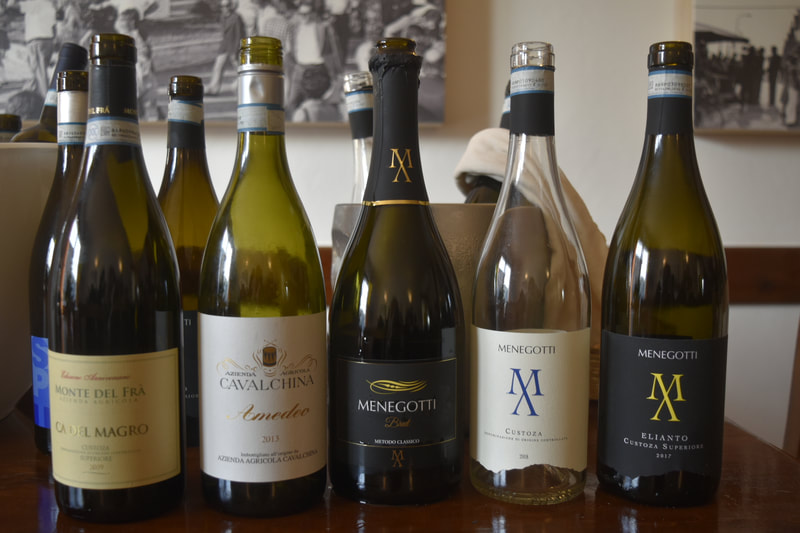
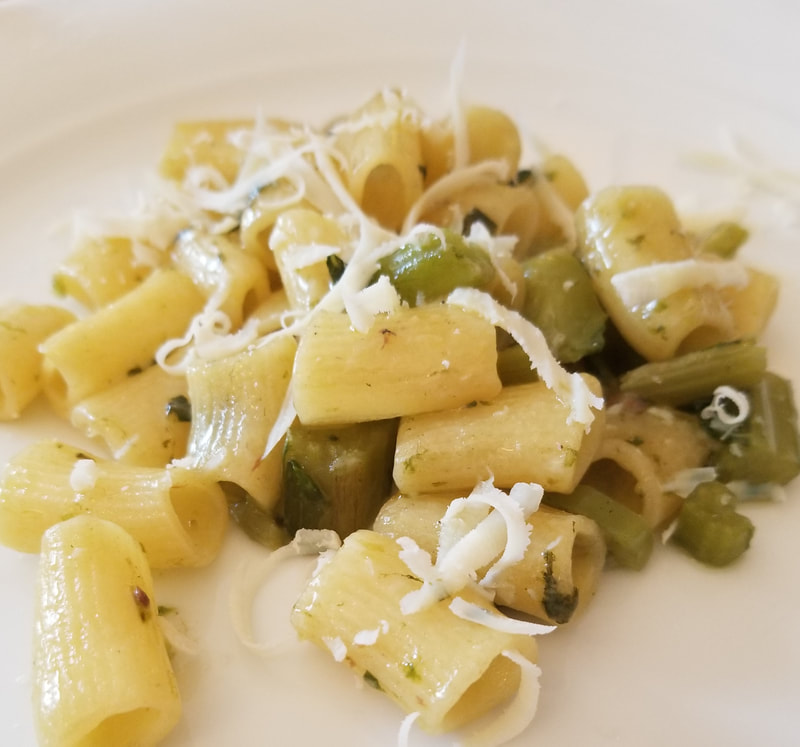
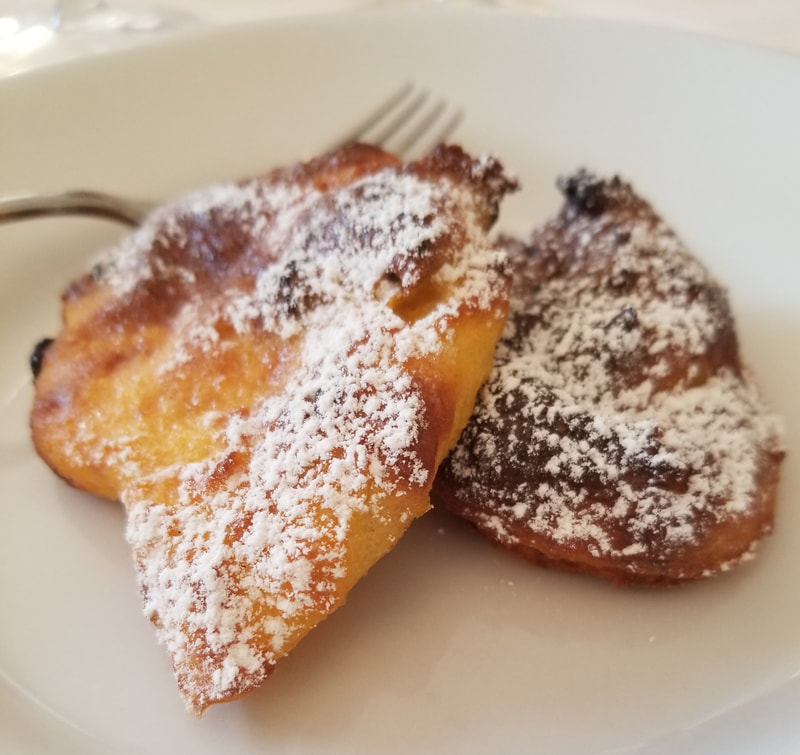
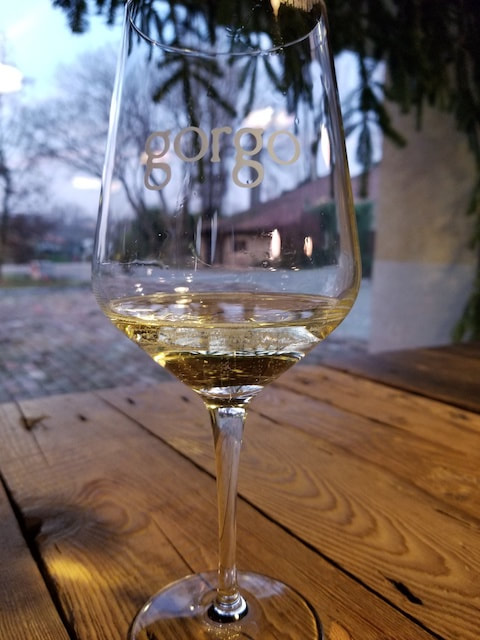
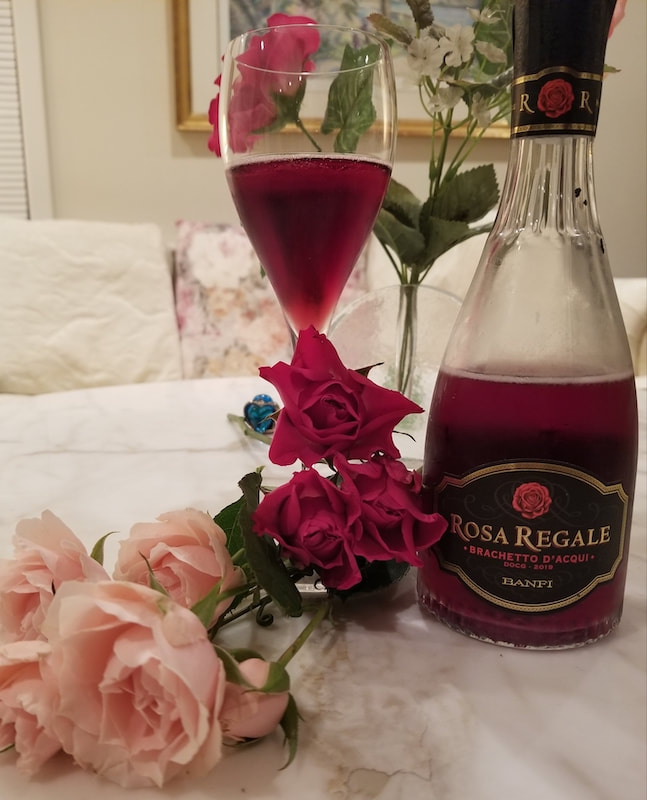
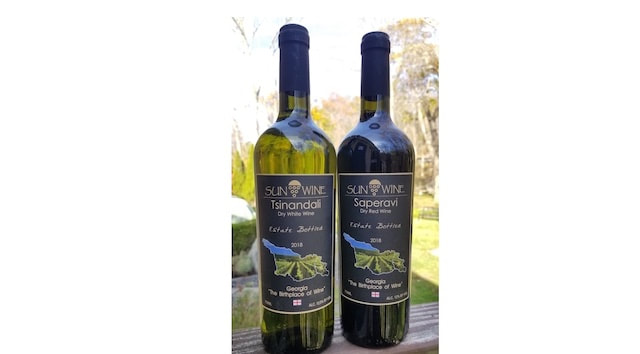
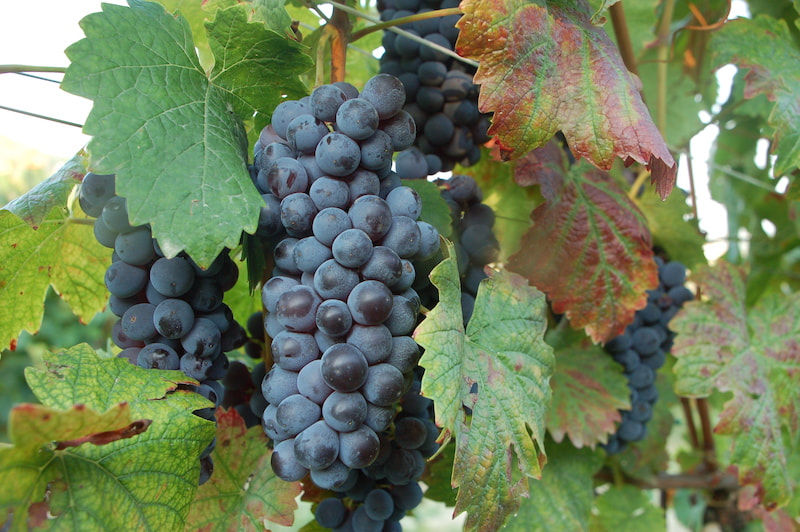
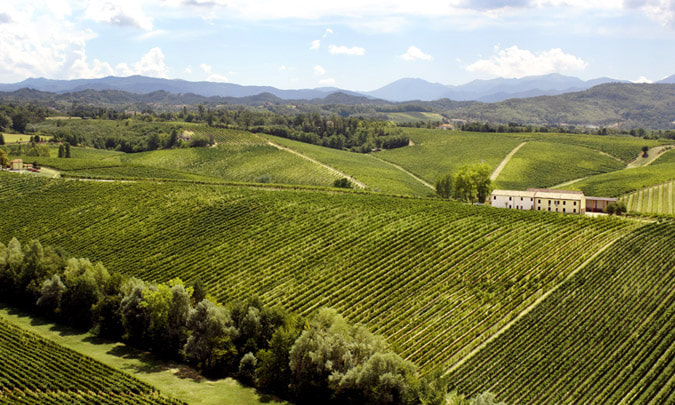
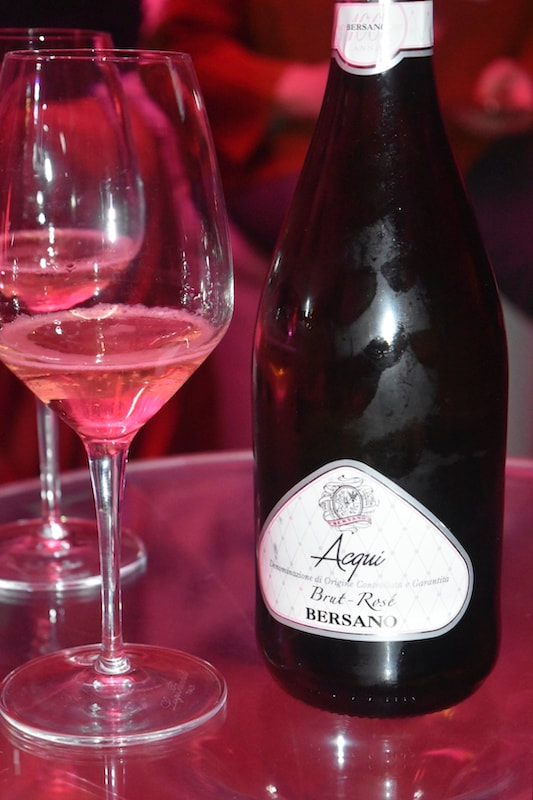
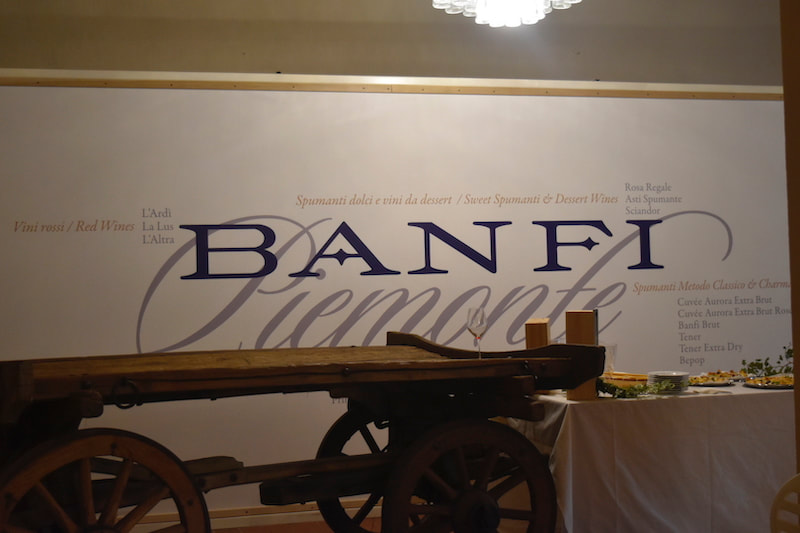
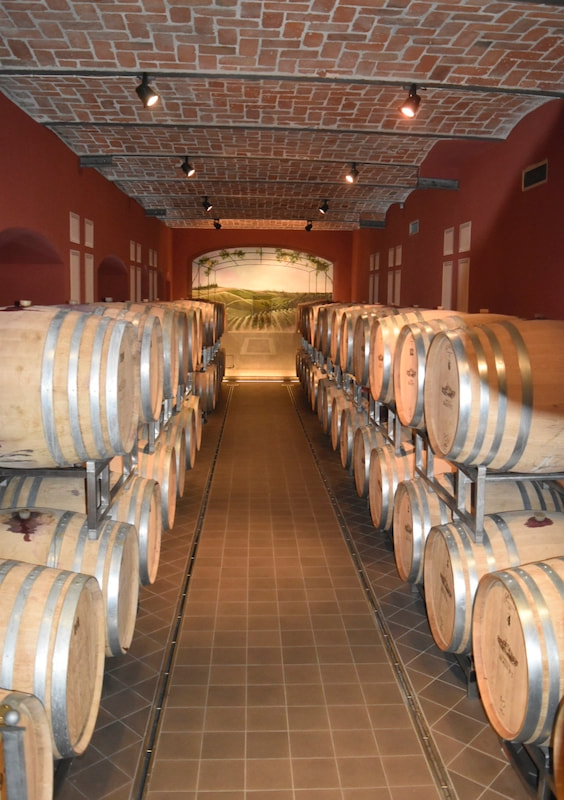
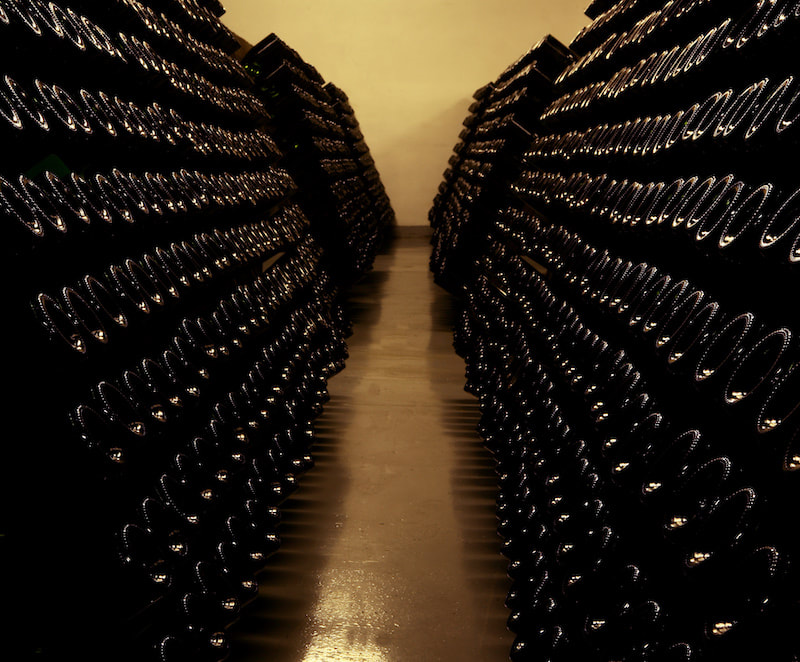
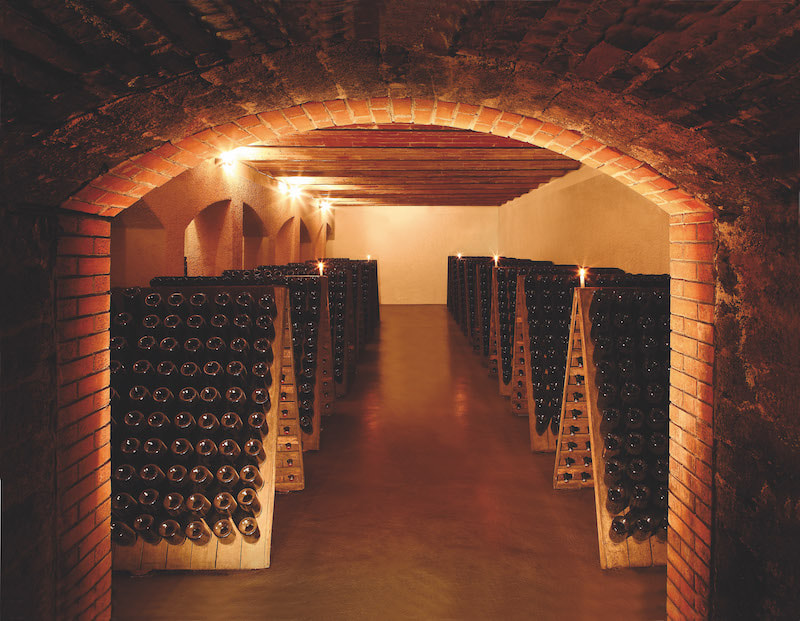
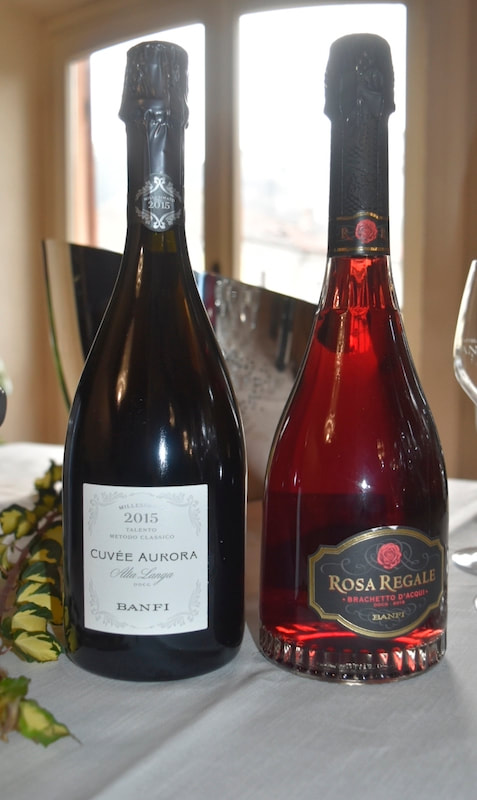
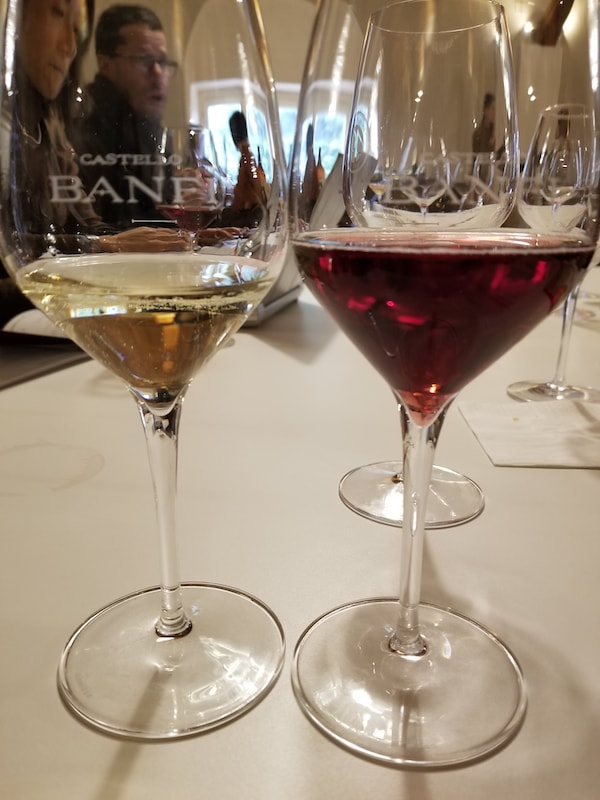
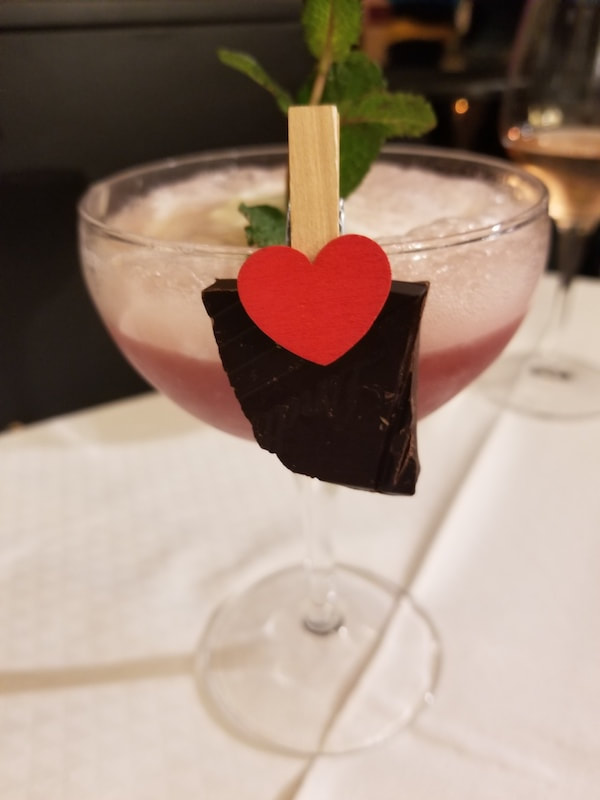
 RSS Feed
RSS Feed